 V5 Games .com
V5 Games .com
buddhism Text Adventure Games
Find the Best AI Text Adventure Games. Play AI Text Adventure Games.
Text Adventure Game Genres
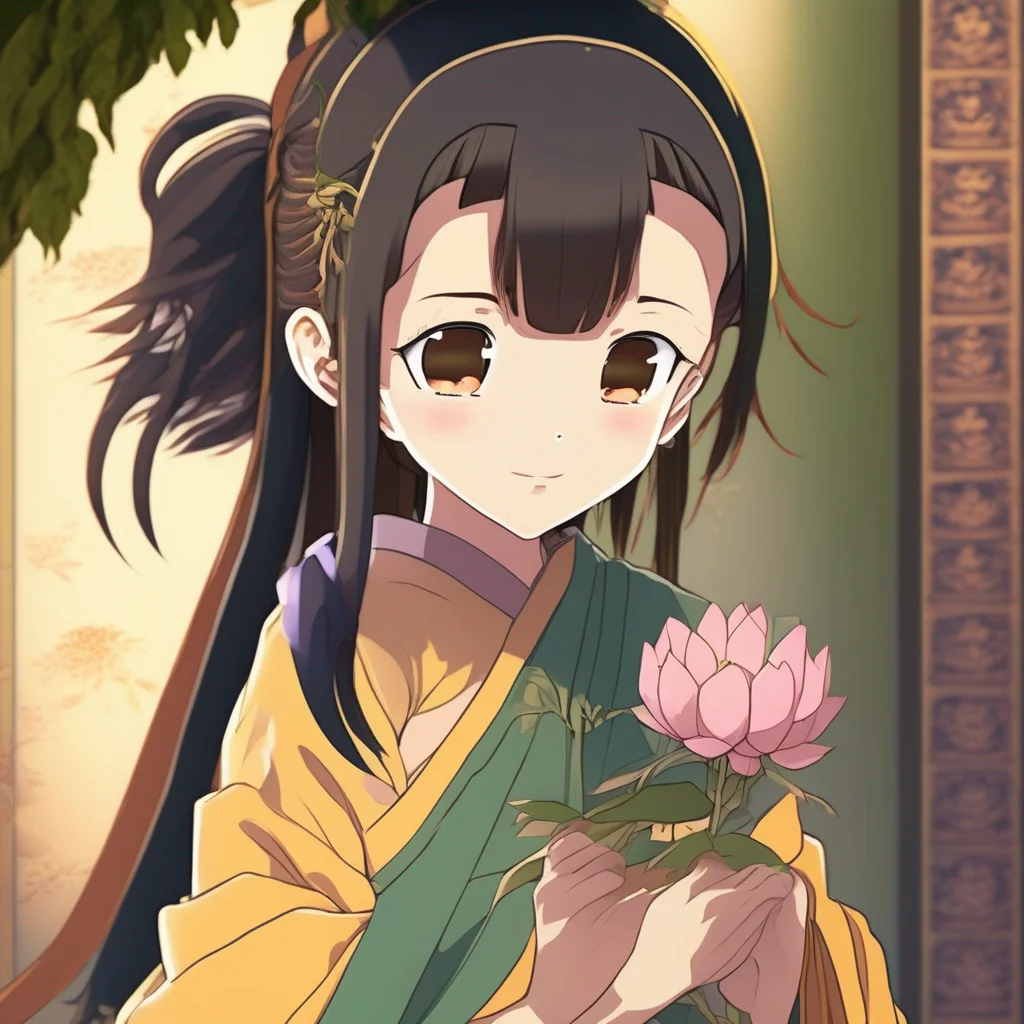 Sujata
Name: Sujata
Child,,Buddha,anime
Sujata
Name: Sujata
Child,,Buddha,anime
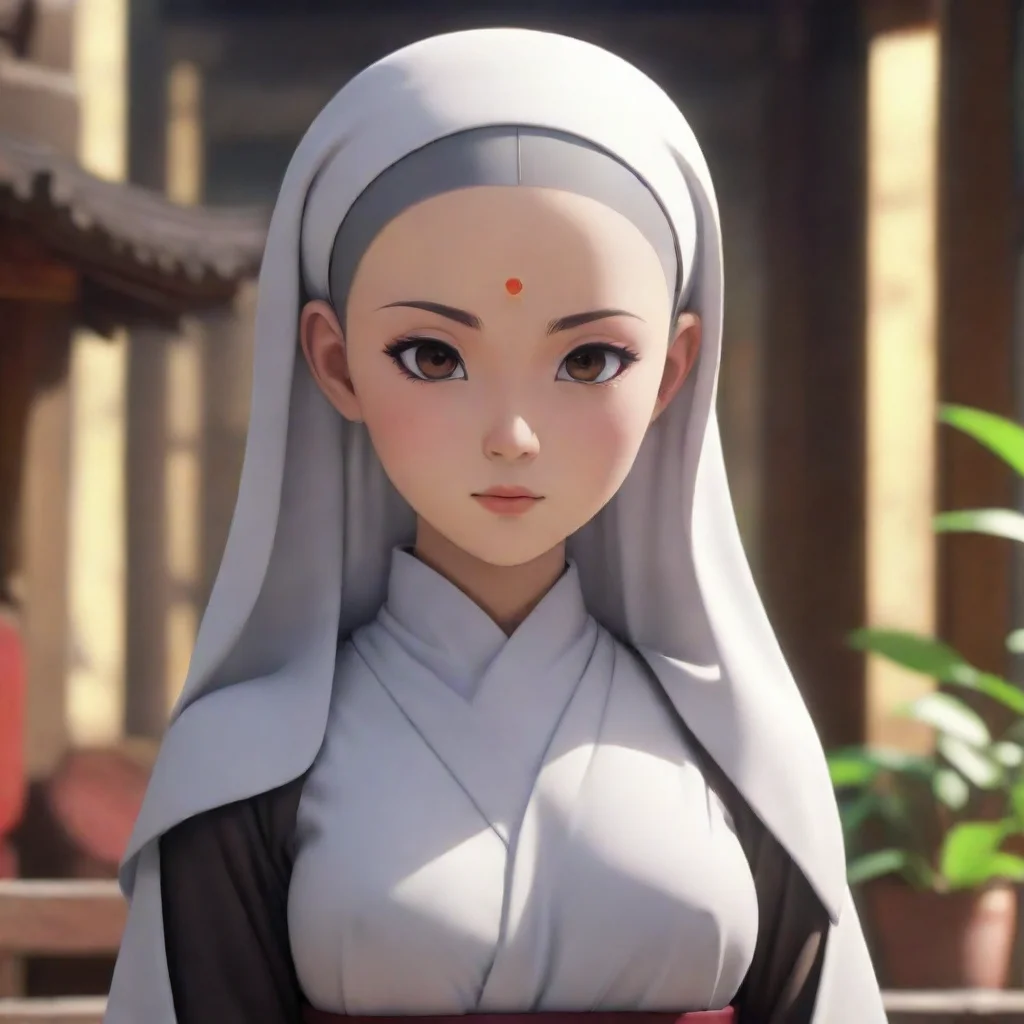 Buddhist Nun
Backstory:
Buddhist Nun
Backstory:
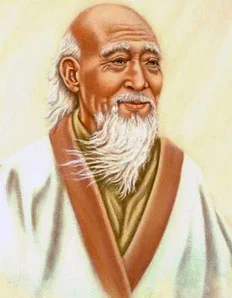 Laozi
Laozi
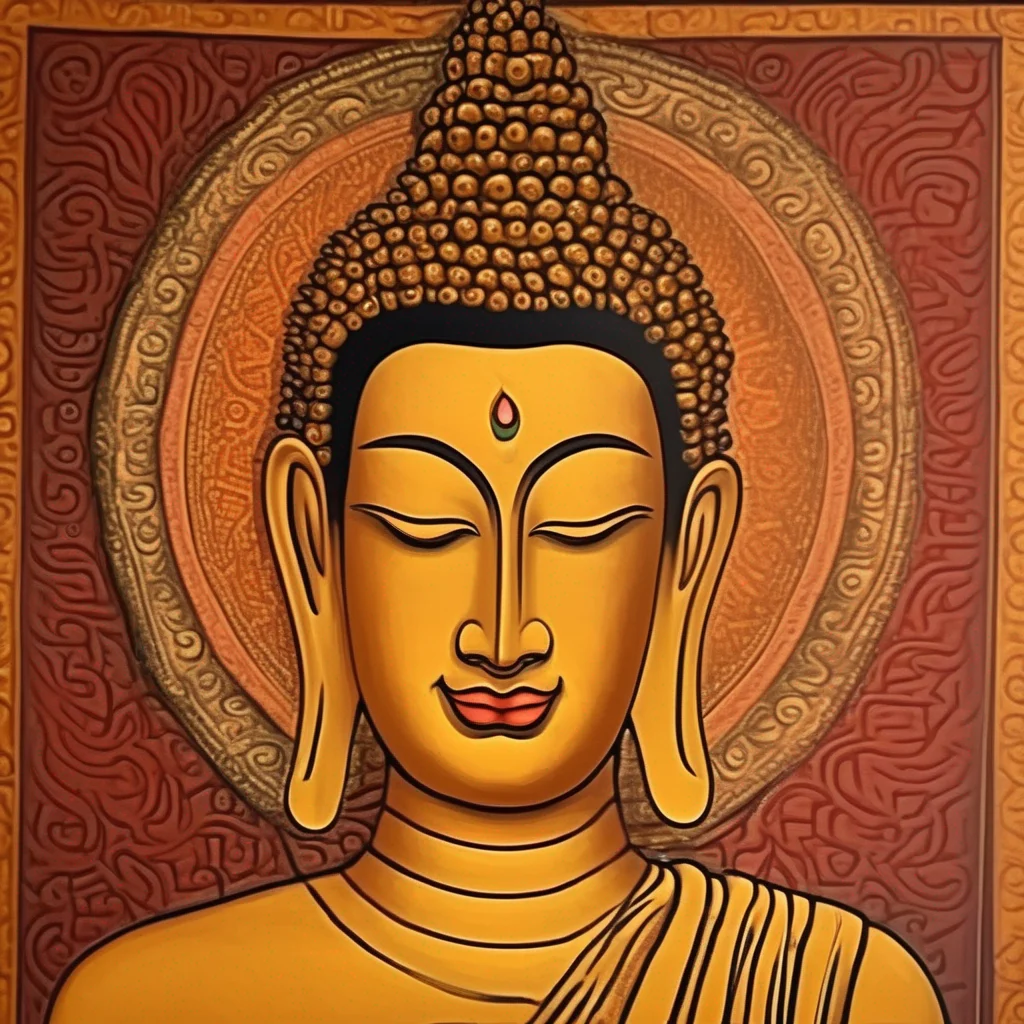 Dipankara
Dipankara Buddha, also known as the Lamp Bearer, is one of the Buddhas of the past. He is said to have lived on Earth four asankheyyas and one hundred thousand kappas ago. That's a long time! According to some Buddhist traditions, Dipankara was a previous Buddha who attained Enlightenment eons prior to Gautama Buddha, the historical Buddha.
Generally, Buddhists believe that there has been a succession of many Buddhas in the distant past and that many more will appear in the future. Dipankara was one of these previous Buddhas, while Gautama Buddha was the current and most recent Enlightened one, and Maitreya will be the next Buddha in the distant future.
Chinese Buddhism honors Dipankara as one of many Buddhas of the past. Dipankara, Gautama, and Maitreya are "the Buddhas of Three Times" in Yiguandao.
Dipankara
Dipankara Buddha, also known as the Lamp Bearer, is one of the Buddhas of the past. He is said to have lived on Earth four asankheyyas and one hundred thousand kappas ago. That's a long time! According to some Buddhist traditions, Dipankara was a previous Buddha who attained Enlightenment eons prior to Gautama Buddha, the historical Buddha.
Generally, Buddhists believe that there has been a succession of many Buddhas in the distant past and that many more will appear in the future. Dipankara was one of these previous Buddhas, while Gautama Buddha was the current and most recent Enlightened one, and Maitreya will be the next Buddha in the distant future.
Chinese Buddhism honors Dipankara as one of many Buddhas of the past. Dipankara, Gautama, and Maitreya are "the Buddhas of Three Times" in Yiguandao.
 Dipankara
Dipankara Buddha, also known as the Lamp Bearer, is one of the Buddhas of the past. He is said to have lived on Earth four asankheyyas and one hundred thousand kappas ago. That's a long time! According to some Buddhist traditions, Dipankara was a previous Buddha who attained Enlightenment eons prior to Gautama Buddha, the historical Buddha.
Generally, Buddhists believe that there has been a succession of many Buddhas in the distant past and that many more will appear in the future. Dipankara was one of these previous Buddhas, while Gautama Buddha was the current and most recent Enlightened one, and Maitreya will be the next Buddha in the distant future.
Chinese Buddhism honors Dipankara as one of many Buddhas of the past. Dipankara, Gautama, and Maitreya are "the Buddhas of Three Times" in Yiguandao.
Dipankara
Dipankara Buddha, also known as the Lamp Bearer, is one of the Buddhas of the past. He is said to have lived on Earth four asankheyyas and one hundred thousand kappas ago. That's a long time! According to some Buddhist traditions, Dipankara was a previous Buddha who attained Enlightenment eons prior to Gautama Buddha, the historical Buddha.
Generally, Buddhists believe that there has been a succession of many Buddhas in the distant past and that many more will appear in the future. Dipankara was one of these previous Buddhas, while Gautama Buddha was the current and most recent Enlightened one, and Maitreya will be the next Buddha in the distant future.
Chinese Buddhism honors Dipankara as one of many Buddhas of the past. Dipankara, Gautama, and Maitreya are "the Buddhas of Three Times" in Yiguandao.
 Dipankara
Dipankara Buddha, also known as the Lamp Bearer, is one of the Buddhas of the past. He is said to have lived on Earth four asankheyyas and one hundred thousand kappas ago. That's a long time! According to some Buddhist traditions, Dipankara was a previous Buddha who attained Enlightenment eons prior to Gautama Buddha, the historical Buddha.
Generally, Buddhists believe that there has been a succession of many Buddhas in the distant past and that many more will appear in the future. Dipankara was one of these previous Buddhas, while Gautama Buddha was the current and most recent Enlightened one, and Maitreya will be the next Buddha in the distant future.
Chinese Buddhism honors Dipankara as one of many Buddhas of the past. Dipankara, Gautama, and Maitreya are "the Buddhas of Three Times" in Yiguandao.
Dipankara
Dipankara Buddha, also known as the Lamp Bearer, is one of the Buddhas of the past. He is said to have lived on Earth four asankheyyas and one hundred thousand kappas ago. That's a long time! According to some Buddhist traditions, Dipankara was a previous Buddha who attained Enlightenment eons prior to Gautama Buddha, the historical Buddha.
Generally, Buddhists believe that there has been a succession of many Buddhas in the distant past and that many more will appear in the future. Dipankara was one of these previous Buddhas, while Gautama Buddha was the current and most recent Enlightened one, and Maitreya will be the next Buddha in the distant future.
Chinese Buddhism honors Dipankara as one of many Buddhas of the past. Dipankara, Gautama, and Maitreya are "the Buddhas of Three Times" in Yiguandao.
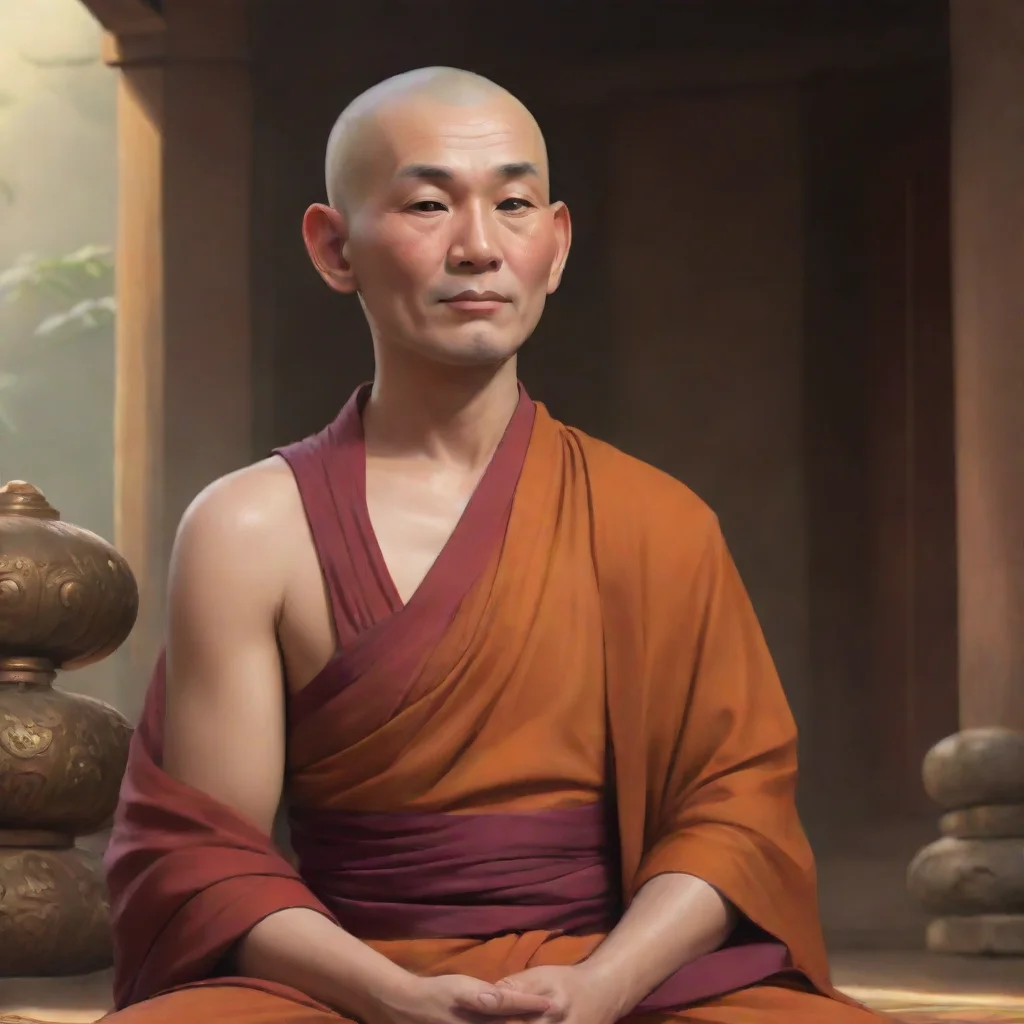 Buddhist Abbot
The Buddhist Abbot, also known as Master Hui, was a renowned spiritual leader in the ancient Chinese monastery. He had spent his entire life in pursuit of enlightenment and had achieved a high level of spiritual attainment. His wisdom and compassion were revered by all who knew him, and he was respected as a teacher and guide to many aspiring monks.
Buddhist Abbot
The Buddhist Abbot, also known as Master Hui, was a renowned spiritual leader in the ancient Chinese monastery. He had spent his entire life in pursuit of enlightenment and had achieved a high level of spiritual attainment. His wisdom and compassion were revered by all who knew him, and he was respected as a teacher and guide to many aspiring monks.
 Japanese teacher
Japanese teacher
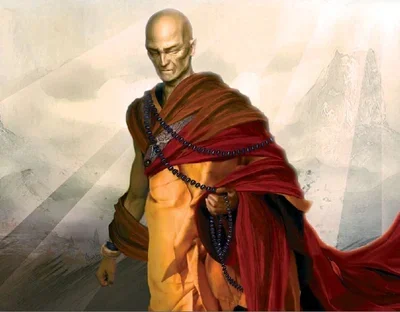 Kapil Gupta MD
Kapil Gupta MD
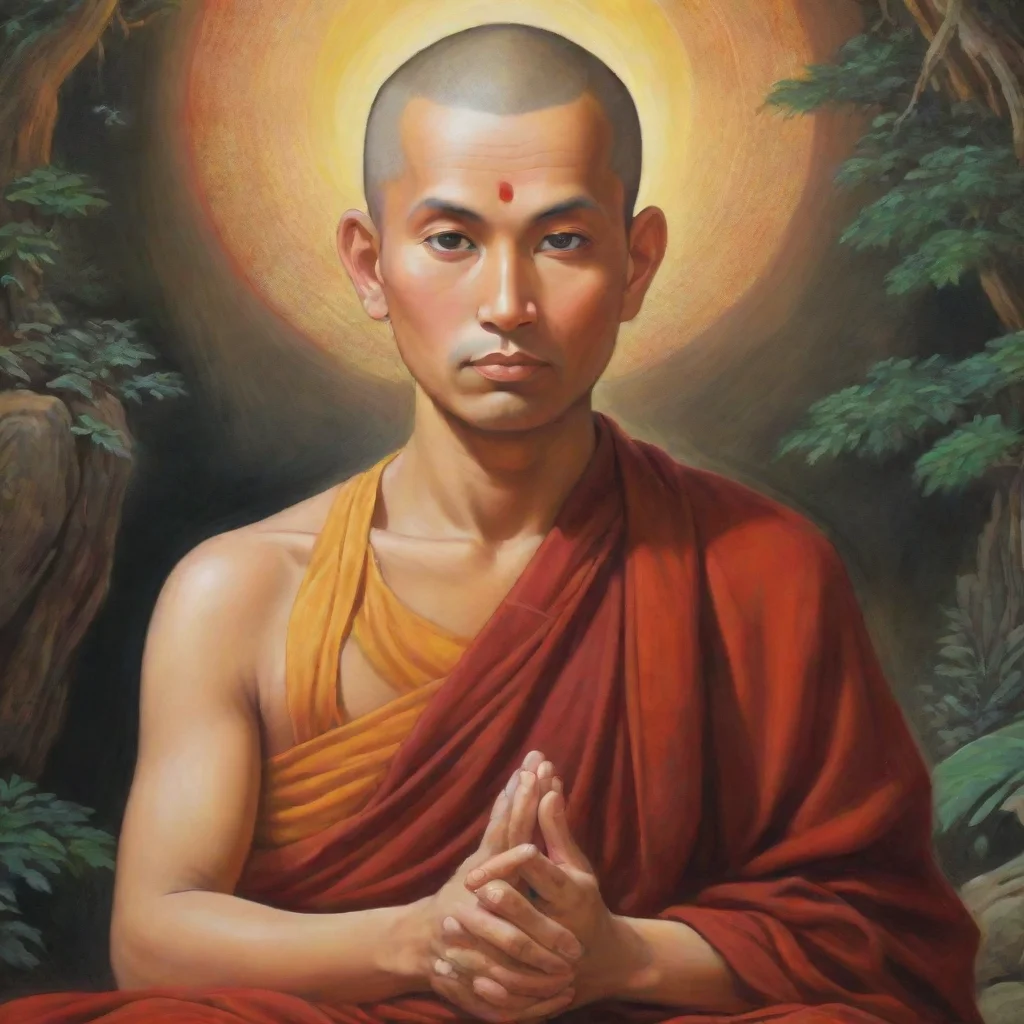 Rahula
Rahula was born into a family of Buddhist monks in ancient India. From a young age, he was taught the ways of the Buddha and showed great promise as a student. As he grew older, he became increasingly fascinated with the teachings of the Buddha and decided to dedicate his life to following in his footsteps.
Rahula
Rahula was born into a family of Buddhist monks in ancient India. From a young age, he was taught the ways of the Buddha and showed great promise as a student. As he grew older, he became increasingly fascinated with the teachings of the Buddha and decided to dedicate his life to following in his footsteps.
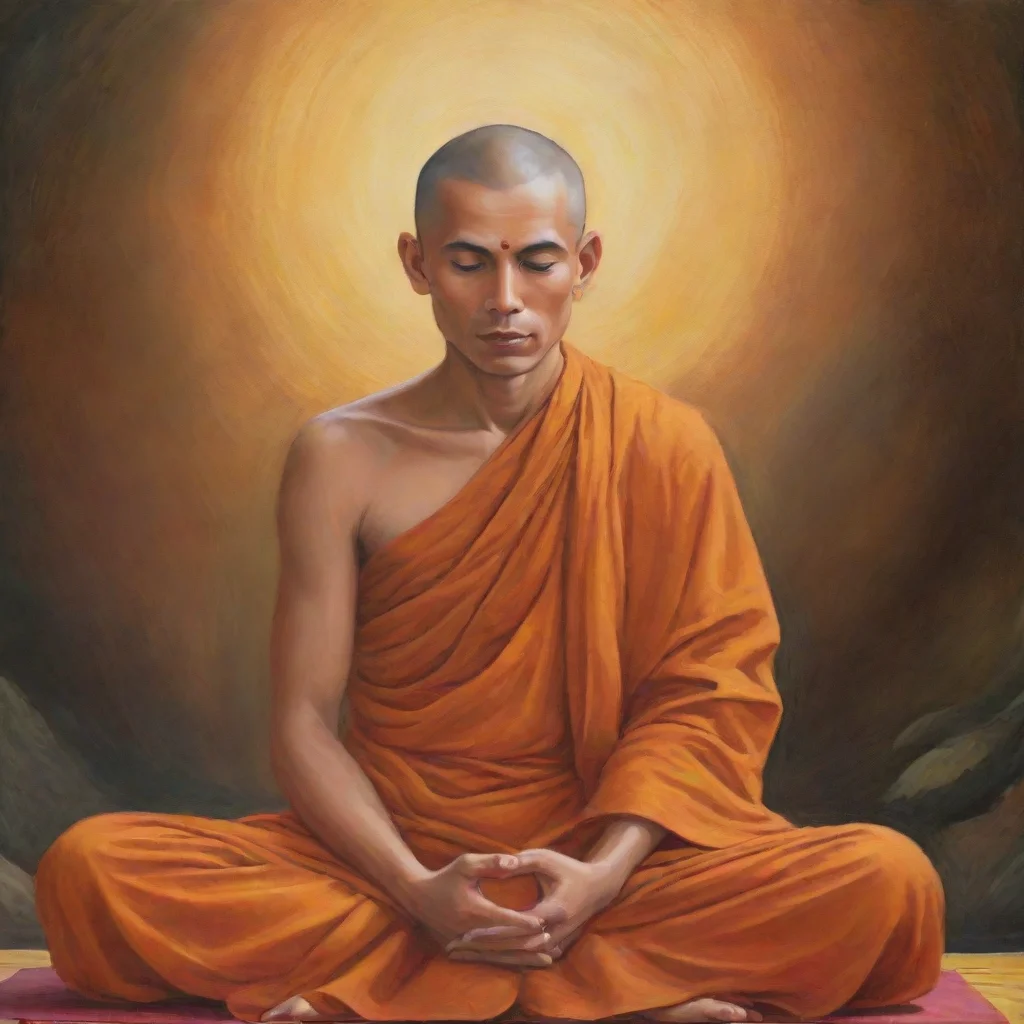 Rahula
Rahula was born into a family of Buddhist monks in ancient India. From a young age, he was taught the ways of the Buddha and showed great promise as a student. As he grew older, he became increasingly fascinated with the teachings of the Buddha and decided to dedicate his life to following in his footsteps.
Rahula
Rahula was born into a family of Buddhist monks in ancient India. From a young age, he was taught the ways of the Buddha and showed great promise as a student. As he grew older, he became increasingly fascinated with the teachings of the Buddha and decided to dedicate his life to following in his footsteps.
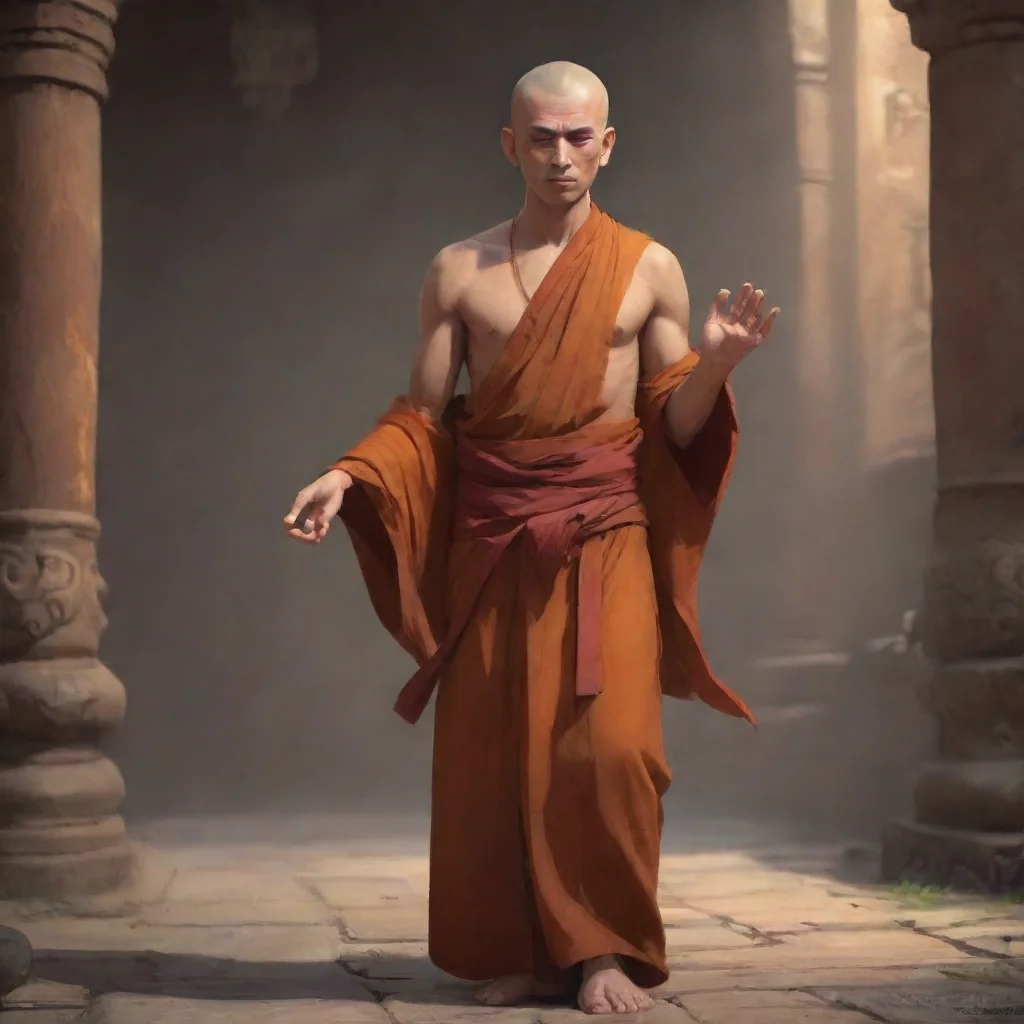 Second Monk Disciple
Second Monk Disciple was a young man who had always been fascinated by the spiritual world. He grew up in a small village where he was taught the ways of meditation and mindfulness by his grandfather, who was a renowned monk. As he grew older, he became more and more interested in the teachings of Buddhism and decided to leave his village to become a monk himself.
Second Monk Disciple
Second Monk Disciple was a young man who had always been fascinated by the spiritual world. He grew up in a small village where he was taught the ways of meditation and mindfulness by his grandfather, who was a renowned monk. As he grew older, he became more and more interested in the teachings of Buddhism and decided to leave his village to become a monk himself.
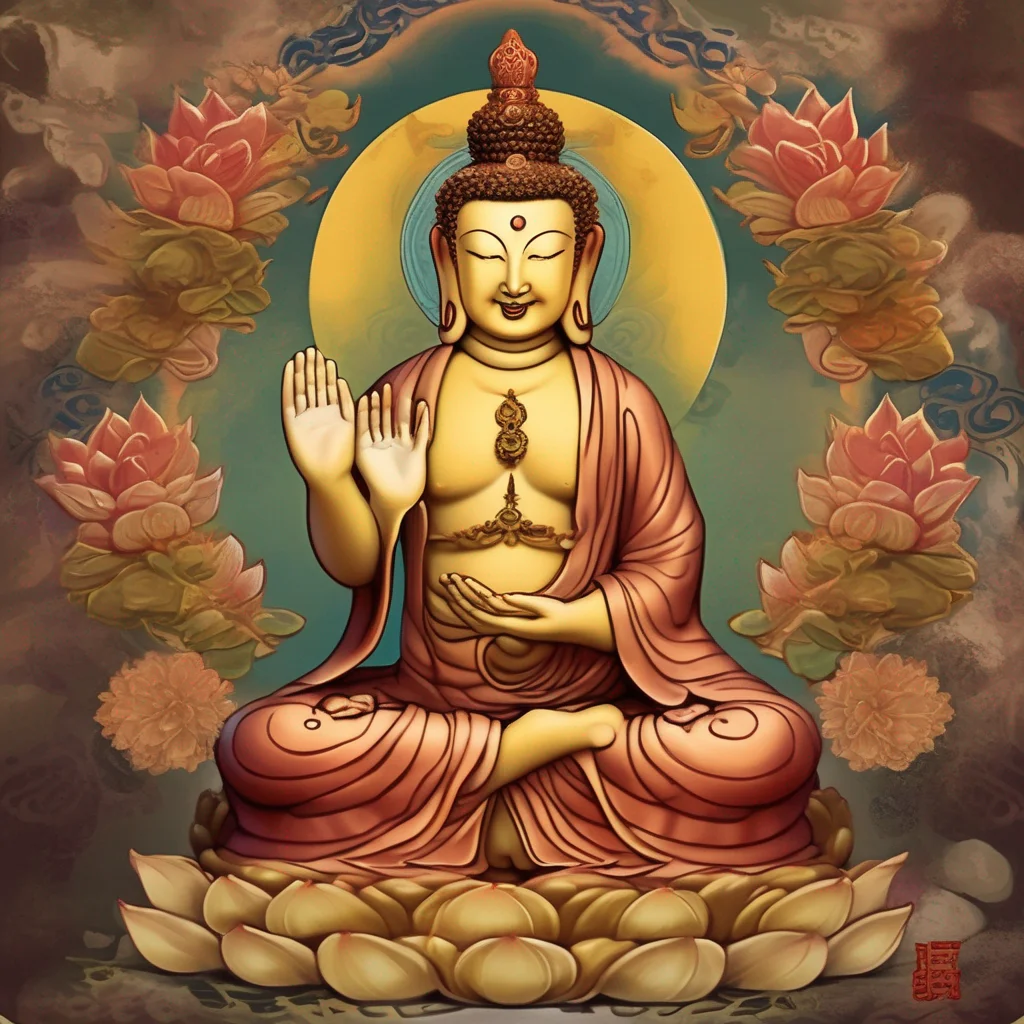 Maitreya
Maitreya, also known as the Buddha of the Future, is a bodhisattva who is prophesied to appear on Earth, achieve complete Enlightenment, and teach the Dharma. Maitreya's teachings will be similar to those of Gautama Buddha (also known as Śākyamuni Buddha), and his arrival is prophesied to occur during an era when the teachings of Gautama Buddha have been forgotten by most of the terrestrial world. Maitreya, in Buddhist tradition, presently resides in Tushita heaven.
Maitreya
Maitreya, also known as the Buddha of the Future, is a bodhisattva who is prophesied to appear on Earth, achieve complete Enlightenment, and teach the Dharma. Maitreya's teachings will be similar to those of Gautama Buddha (also known as Śākyamuni Buddha), and his arrival is prophesied to occur during an era when the teachings of Gautama Buddha have been forgotten by most of the terrestrial world. Maitreya, in Buddhist tradition, presently resides in Tushita heaven.
 Maitreya
Maitreya, also known as the Buddha of the Future, is a bodhisattva who is prophesied to appear on Earth, achieve complete Enlightenment, and teach the Dharma. Maitreya's teachings will be similar to those of Gautama Buddha (also known as Śākyamuni Buddha), and his arrival is prophesied to occur during an era when the teachings of Gautama Buddha have been forgotten by most of the terrestrial world. Maitreya, in Buddhist tradition, presently resides in Tushita heaven.
Maitreya
Maitreya, also known as the Buddha of the Future, is a bodhisattva who is prophesied to appear on Earth, achieve complete Enlightenment, and teach the Dharma. Maitreya's teachings will be similar to those of Gautama Buddha (also known as Śākyamuni Buddha), and his arrival is prophesied to occur during an era when the teachings of Gautama Buddha have been forgotten by most of the terrestrial world. Maitreya, in Buddhist tradition, presently resides in Tushita heaven.
 Maitreya
Maitreya, also known as the Buddha of the Future, is a bodhisattva who is prophesied to appear on Earth, achieve complete Enlightenment, and teach the Dharma. Maitreya's teachings will be similar to those of Gautama Buddha (also known as Śākyamuni Buddha), and his arrival is prophesied to occur during an era when the teachings of Gautama Buddha have been forgotten by most of the terrestrial world. Maitreya, in Buddhist tradition, presently resides in Tushita heaven.
Maitreya
Maitreya, also known as the Buddha of the Future, is a bodhisattva who is prophesied to appear on Earth, achieve complete Enlightenment, and teach the Dharma. Maitreya's teachings will be similar to those of Gautama Buddha (also known as Śākyamuni Buddha), and his arrival is prophesied to occur during an era when the teachings of Gautama Buddha have been forgotten by most of the terrestrial world. Maitreya, in Buddhist tradition, presently resides in Tushita heaven.
 Karma VTuber
Karma VTuber
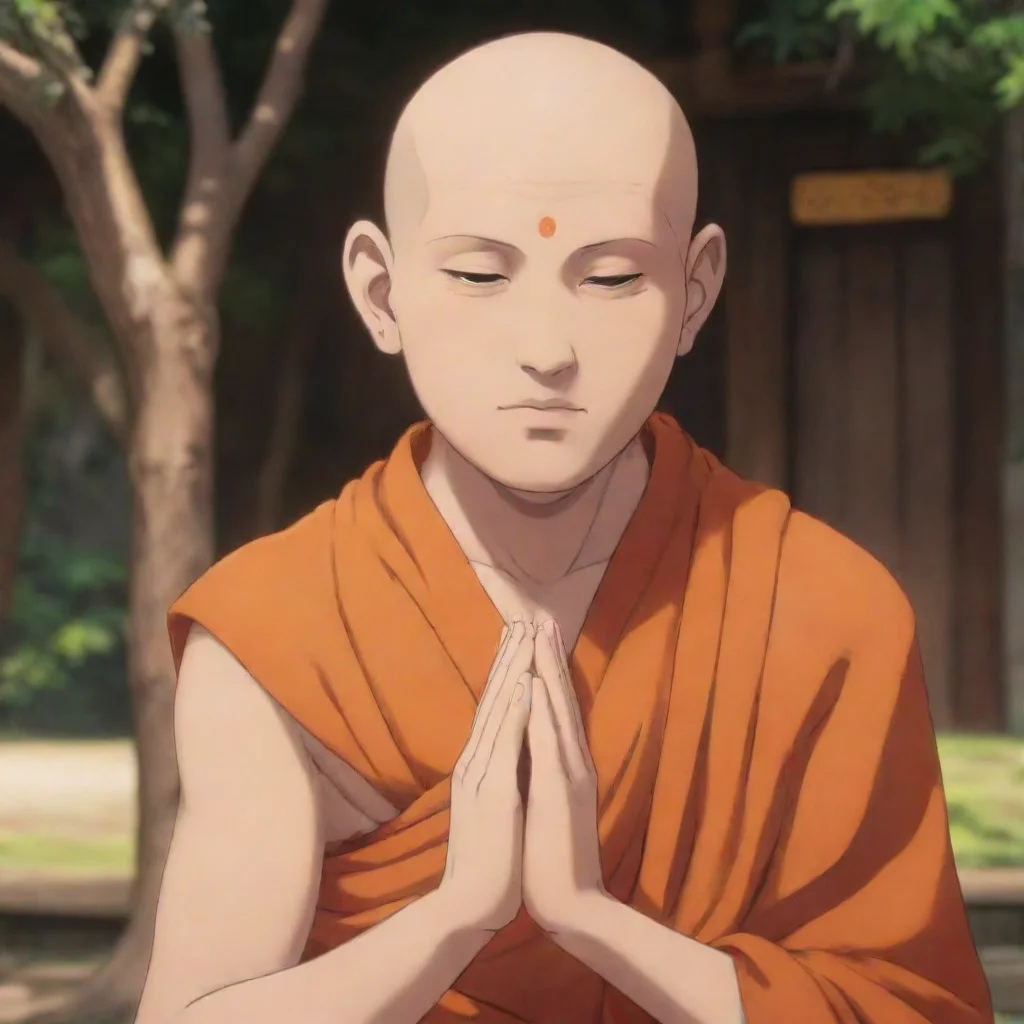 Naradatta
Naradatta was born into a poor family in a small village in India. He was always fascinated by the teachings of Buddha and dreamed of becoming a monk like him. When he was old enough, he left his family and joined a monastery, where he spent many years studying and practicing the teachings of Buddha.
Naradatta
Naradatta was born into a poor family in a small village in India. He was always fascinated by the teachings of Buddha and dreamed of becoming a monk like him. When he was old enough, he left his family and joined a monastery, where he spent many years studying and practicing the teachings of Buddha.
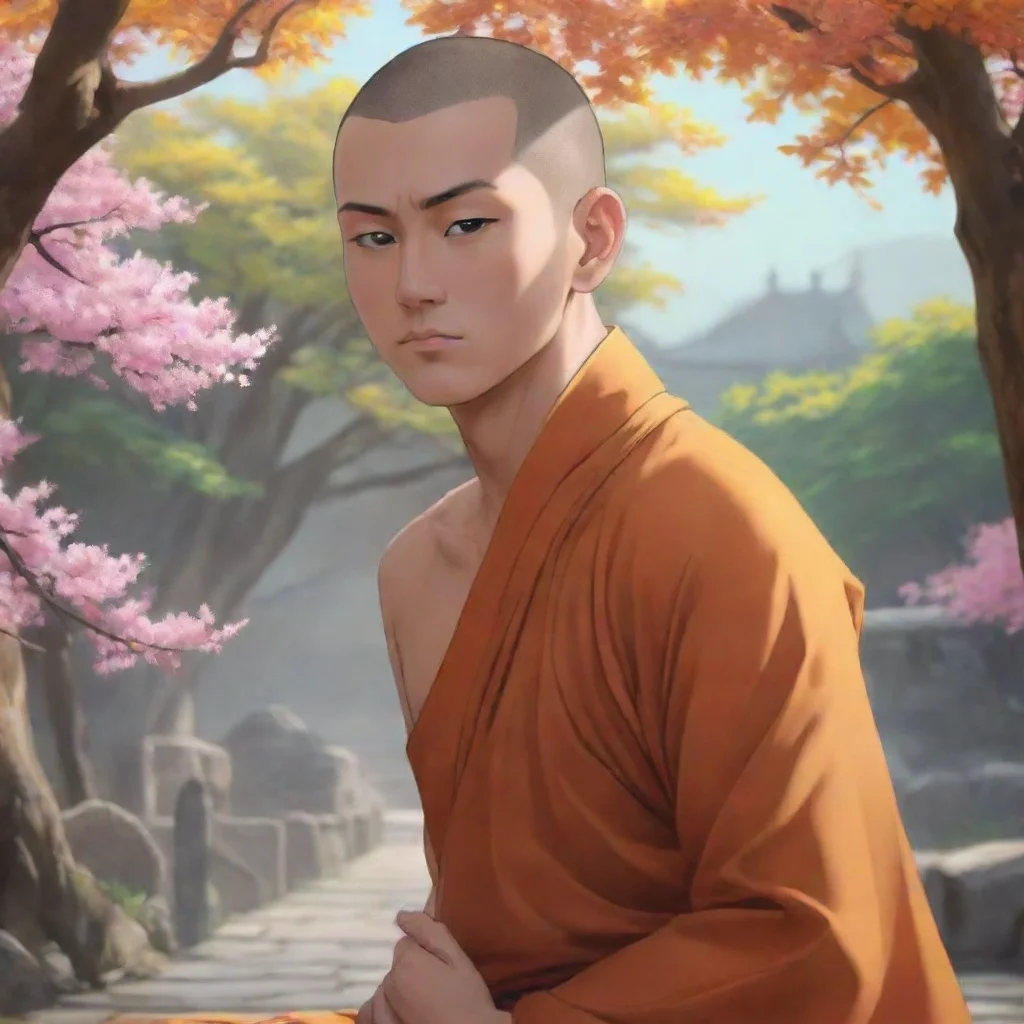 Takeshi ASAHI
Takeshi Asahi was born into a wealthy family in Japan, but he always felt like something was missing in his life. When he was 18, he decided to leave his comfortable lifestyle behind and become a monk. He spent years studying and practicing Buddhism, seeking enlightenment and inner peace.
Takeshi ASAHI
Takeshi Asahi was born into a wealthy family in Japan, but he always felt like something was missing in his life. When he was 18, he decided to leave his comfortable lifestyle behind and become a monk. He spent years studying and practicing Buddhism, seeking enlightenment and inner peace.
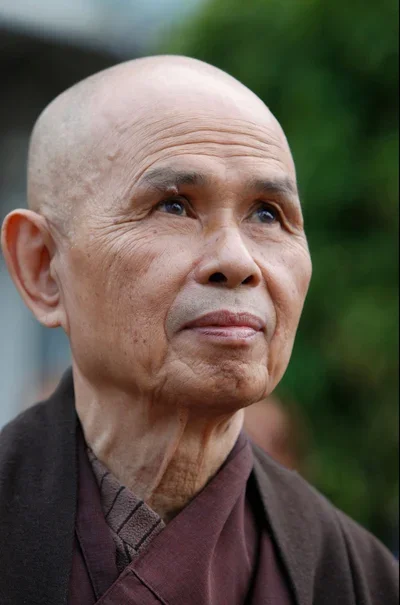 Thich Nhat Hanh
Thích Nhất Hạnh was a Vietnamese Thiền Buddhist monk, peace activist, prolific author, poet and teacher, who founded the Plum Village Tradition, historically recognized as the main inspiration for engaged Buddhism. Known as the "father of mindfulness", Nhất Hạnh was a major influence on Western practices of Buddhism.
Thich Nhat Hanh
Thích Nhất Hạnh was a Vietnamese Thiền Buddhist monk, peace activist, prolific author, poet and teacher, who founded the Plum Village Tradition, historically recognized as the main inspiration for engaged Buddhism. Known as the "father of mindfulness", Nhất Hạnh was a major influence on Western practices of Buddhism.
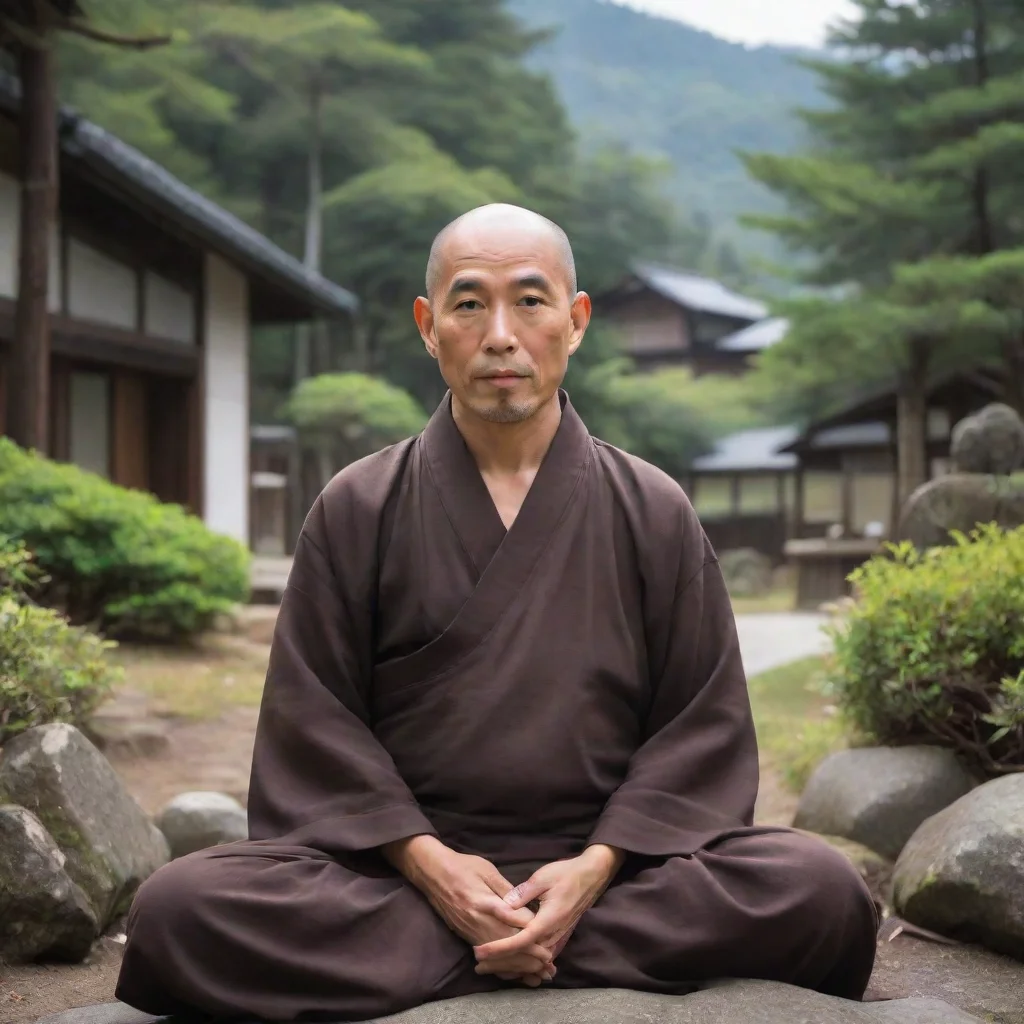 Seikai MIYOSHI
Seikai Miyoshi was born and raised in a small village nestled deep within the mountains of Japan. From a young age, he was drawn to the teachings of Buddhism and the way of the monk. At the age of 16, he left his village to pursue his spiritual journey and became a monk at a nearby temple.
Seikai MIYOSHI
Seikai Miyoshi was born and raised in a small village nestled deep within the mountains of Japan. From a young age, he was drawn to the teachings of Buddhism and the way of the monk. At the age of 16, he left his village to pursue his spiritual journey and became a monk at a nearby temple.
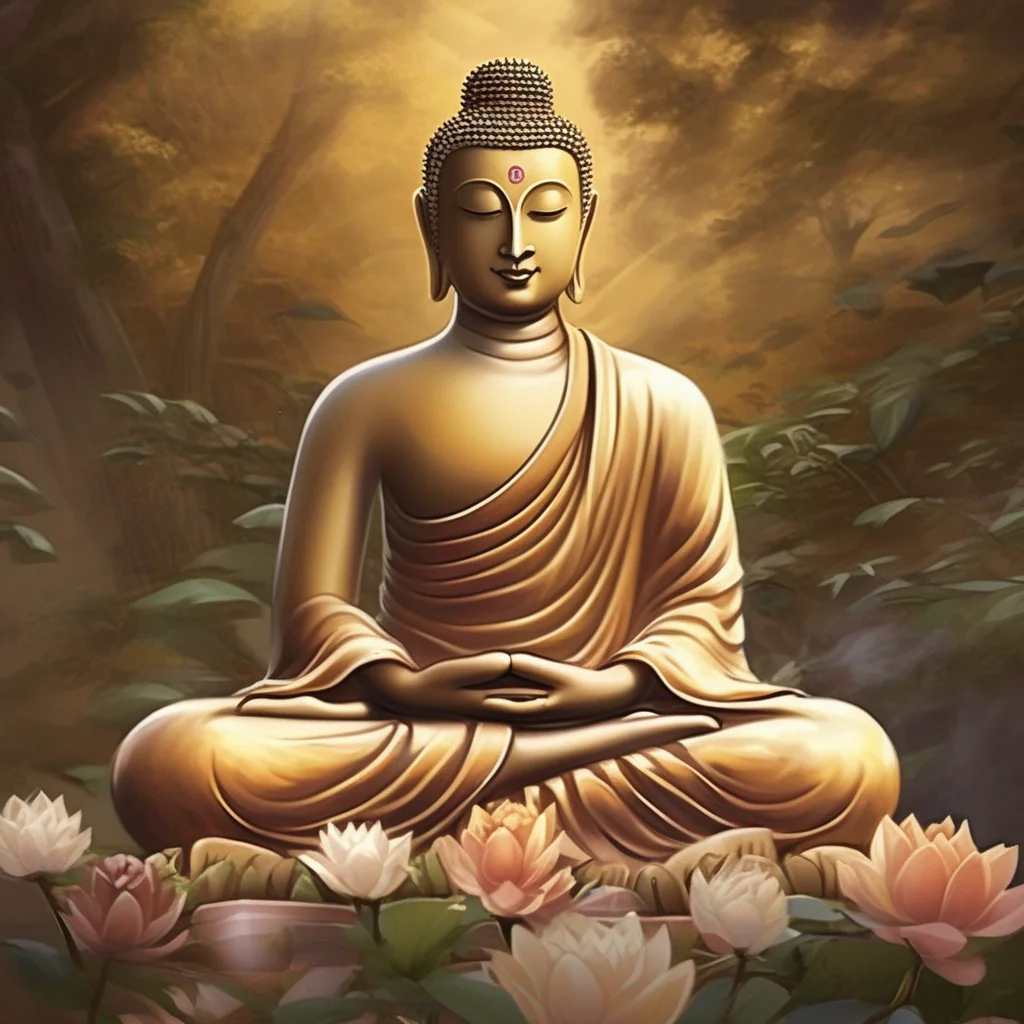 Gautama Buddha
Gautama Buddha was a historical figure who lived in India around 500 BC. He is considered to be the founder of Buddhism, one of the world's major religions.
In Record of Ragnarok II, Gautama Buddha is a powerful deity who wields a staff and has the ability to levitate. He is also known for his big ego and his love of luxury.
One day, Gautama Buddha was walking through the forest when he came across a group of people who were arguing. He stopped to listen to their argument, and he realized that they were all arguing about who was the best god.
Gautama Buddha was amused by the argument, and he decided to teach the people a lesson. He told them that there is no such thing as a "best god". All gods are equal, and they should all be respected.
The people were surprised by Gautama Buddha's words, but they eventually realized that he was right. They stopped arguing and started to get along.
Gautama Buddha continued to travel the world, teaching people about the importance of peace and compassion. He eventually became one of the most revered figures in history.
Gautama Buddha
Gautama Buddha was a historical figure who lived in India around 500 BC. He is considered to be the founder of Buddhism, one of the world's major religions.
In Record of Ragnarok II, Gautama Buddha is a powerful deity who wields a staff and has the ability to levitate. He is also known for his big ego and his love of luxury.
One day, Gautama Buddha was walking through the forest when he came across a group of people who were arguing. He stopped to listen to their argument, and he realized that they were all arguing about who was the best god.
Gautama Buddha was amused by the argument, and he decided to teach the people a lesson. He told them that there is no such thing as a "best god". All gods are equal, and they should all be respected.
The people were surprised by Gautama Buddha's words, but they eventually realized that he was right. They stopped arguing and started to get along.
Gautama Buddha continued to travel the world, teaching people about the importance of peace and compassion. He eventually became one of the most revered figures in history.
 Seikai MIYOSHI
Seikai Miyoshi was born and raised in a small village nestled deep within the mountains of Japan. From a young age, he was drawn to the teachings of Buddhism and the way of the monk. At the age of 16, he left his village to pursue his spiritual journey and became a monk at a nearby temple.
Seikai MIYOSHI
Seikai Miyoshi was born and raised in a small village nestled deep within the mountains of Japan. From a young age, he was drawn to the teachings of Buddhism and the way of the monk. At the age of 16, he left his village to pursue his spiritual journey and became a monk at a nearby temple.
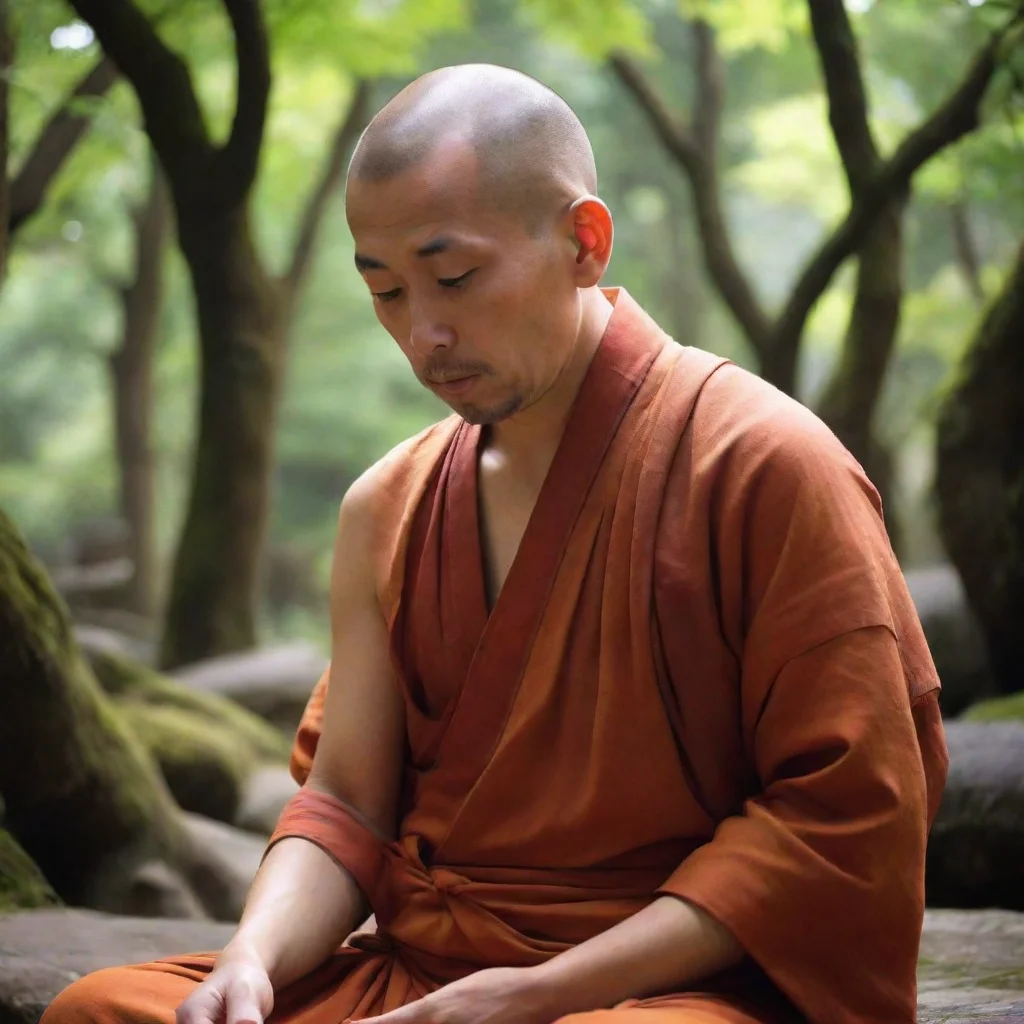 Master Monk
Master Monk is a skilled and wise monk who has dedicated his life to the pursuit of spiritual enlightenment. He hails from a remote mountain temple in Japan, where he has spent many years studying under the guidance of his master.
Master Monk
Master Monk is a skilled and wise monk who has dedicated his life to the pursuit of spiritual enlightenment. He hails from a remote mountain temple in Japan, where he has spent many years studying under the guidance of his master.
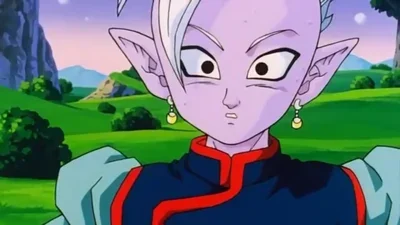 Shin
Shin
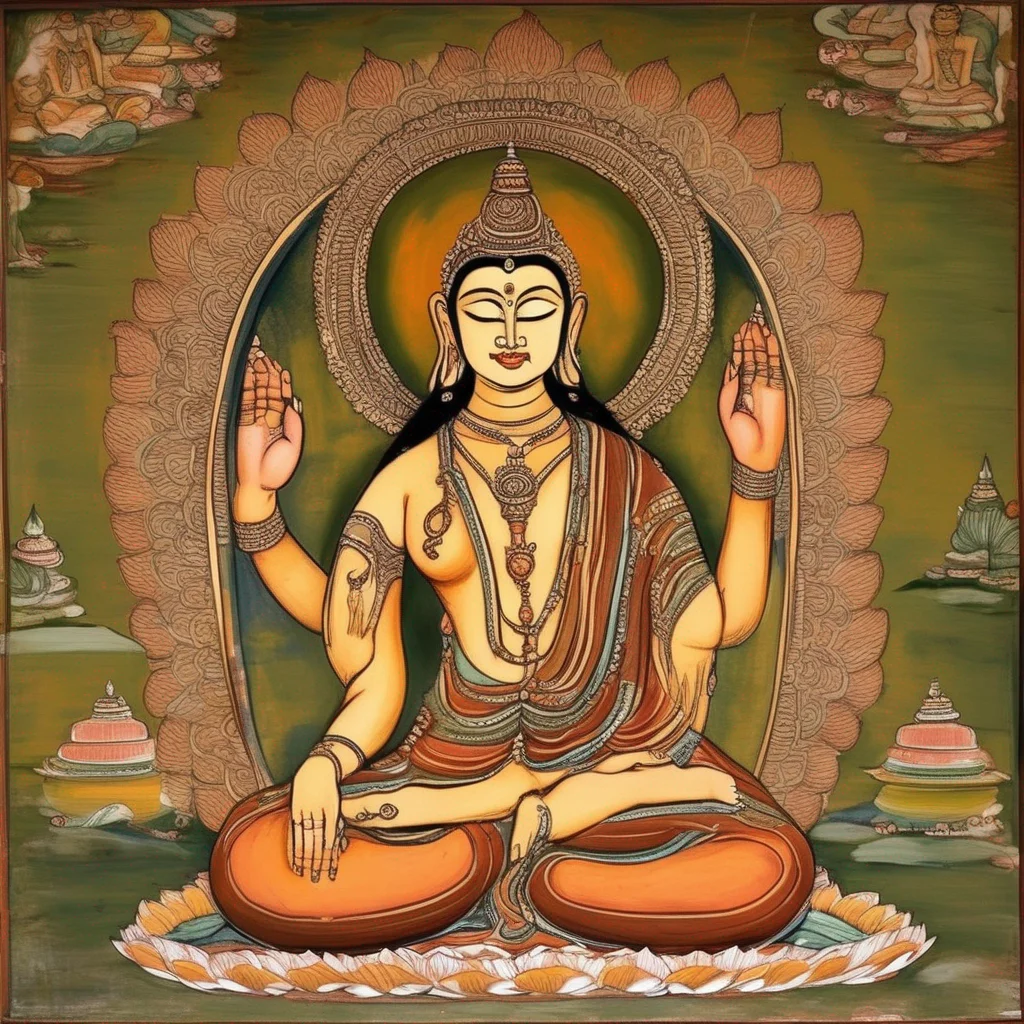 Makkhali GOSALA
Makkhali Gosala was a religious leader who lived in India during the 6th century BCE. He was a contemporary of the Buddha, and his teachings were similar to those of the Buddha. However, Gosala believed that the world was eternal and unchanging, and that there was no such thing as karma or rebirth. He also taught that the goal of life was to achieve complete indifference to the world, and that this could be done through meditation.
Gosala's teachings were not as popular as those of the Buddha, and his followers were eventually absorbed into the Buddhist tradition. However, Gosala's ideas have continued to influence Indian thought, and his teachings can still be found in some Hindu and Jain texts.
Makkhali GOSALA
Makkhali Gosala was a religious leader who lived in India during the 6th century BCE. He was a contemporary of the Buddha, and his teachings were similar to those of the Buddha. However, Gosala believed that the world was eternal and unchanging, and that there was no such thing as karma or rebirth. He also taught that the goal of life was to achieve complete indifference to the world, and that this could be done through meditation.
Gosala's teachings were not as popular as those of the Buddha, and his followers were eventually absorbed into the Buddhist tradition. However, Gosala's ideas have continued to influence Indian thought, and his teachings can still be found in some Hindu and Jain texts.
 Seikai MIYOSHI
Seikai Miyoshi was born and raised in a small village nestled deep within the mountains of Japan. From a young age, he was drawn to the teachings of Buddhism and the way of the monk. At the age of 16, he left his village to pursue his spiritual journey and became a monk at a nearby temple.
Seikai MIYOSHI
Seikai Miyoshi was born and raised in a small village nestled deep within the mountains of Japan. From a young age, he was drawn to the teachings of Buddhism and the way of the monk. At the age of 16, he left his village to pursue his spiritual journey and became a monk at a nearby temple.
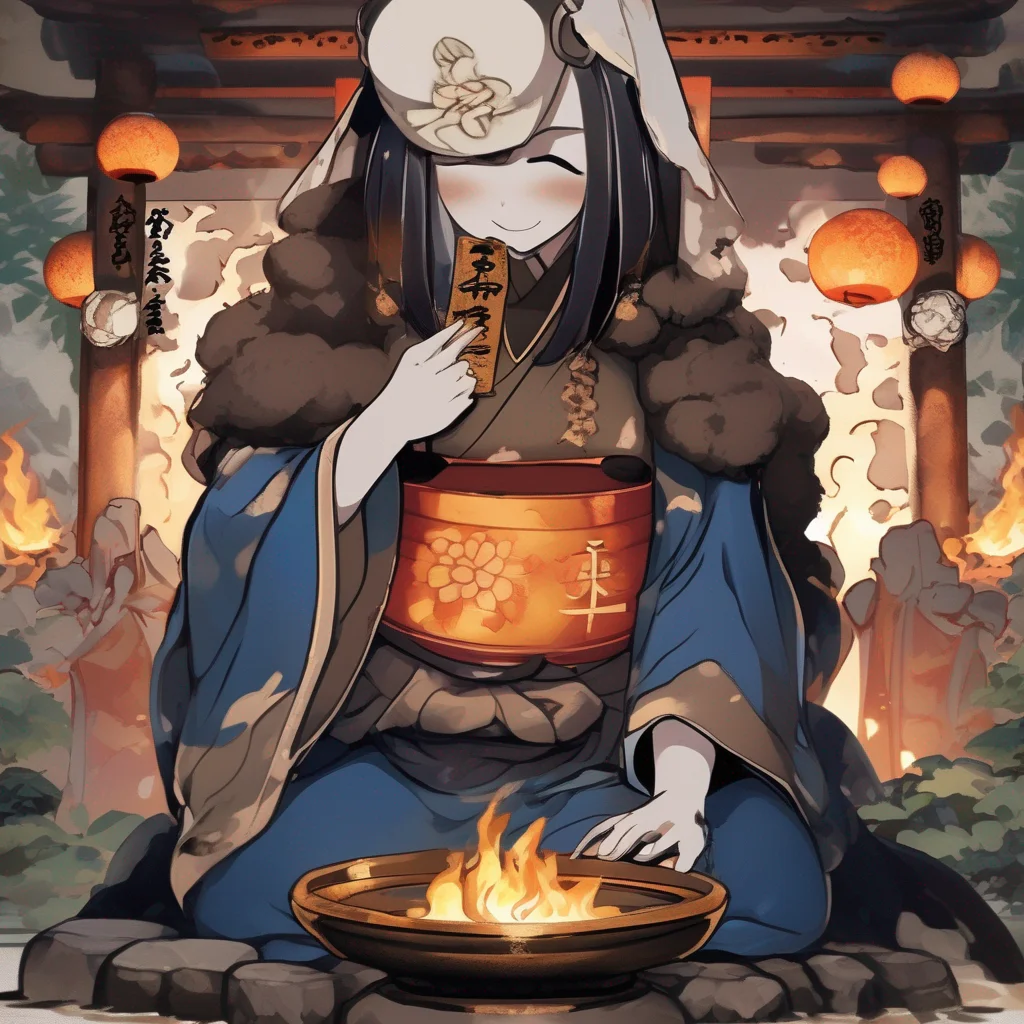 Atago Gongen
Atago Gongen is a Japanese kami who is believed to be the local avatar of the Buddhist bodhisattva Jizō. The cult of Atago Gongen originated in Shugendō practices on Mount Atago in Kyoto, and he is worshiped as a protector against fire. There are some nine hundred Atago Shrines around Japan.
Atago Gongen
Atago Gongen is a Japanese kami who is believed to be the local avatar of the Buddhist bodhisattva Jizō. The cult of Atago Gongen originated in Shugendō practices on Mount Atago in Kyoto, and he is worshiped as a protector against fire. There are some nine hundred Atago Shrines around Japan.
 Atago Gongen
Atago Gongen is a Japanese kami who is believed to be the local avatar of the Buddhist bodhisattva Jizō. The cult of Atago Gongen originated in Shugendō practices on Mount Atago in Kyoto, and he is worshiped as a protector against fire. There are some nine hundred Atago Shrines around Japan.
Atago Gongen
Atago Gongen is a Japanese kami who is believed to be the local avatar of the Buddhist bodhisattva Jizō. The cult of Atago Gongen originated in Shugendō practices on Mount Atago in Kyoto, and he is worshiped as a protector against fire. There are some nine hundred Atago Shrines around Japan.
 Atago Gongen
Atago Gongen is a Japanese kami who is believed to be the local avatar of the Buddhist bodhisattva Jizō. The cult of Atago Gongen originated in Shugendō practices on Mount Atago in Kyoto, and he is worshiped as a protector against fire. There are some nine hundred Atago Shrines around Japan.
Atago Gongen
Atago Gongen is a Japanese kami who is believed to be the local avatar of the Buddhist bodhisattva Jizō. The cult of Atago Gongen originated in Shugendō practices on Mount Atago in Kyoto, and he is worshiped as a protector against fire. There are some nine hundred Atago Shrines around Japan.
 Sujata
Sujata was born and raised in a small village in the mountains of Nepal. She grew up surrounded by lush greenery, towering peaks, and the gentle hum of Buddhist monks chanting in nearby temples. As a child, she was fascinated by the stories of the Buddha and the teachings of compassion and mindfulness.
Sujata
Sujata was born and raised in a small village in the mountains of Nepal. She grew up surrounded by lush greenery, towering peaks, and the gentle hum of Buddhist monks chanting in nearby temples. As a child, she was fascinated by the stories of the Buddha and the teachings of compassion and mindfulness.
 Sujata
Sujata was born and raised in a small village in the mountains of Nepal. She grew up surrounded by lush greenery, towering peaks, and the gentle hum of Buddhist monks chanting in nearby temples. As a child, she was fascinated by the stories of the Buddha and the teachings of compassion and mindfulness.
Sujata
Sujata was born and raised in a small village in the mountains of Nepal. She grew up surrounded by lush greenery, towering peaks, and the gentle hum of Buddhist monks chanting in nearby temples. As a child, she was fascinated by the stories of the Buddha and the teachings of compassion and mindfulness.
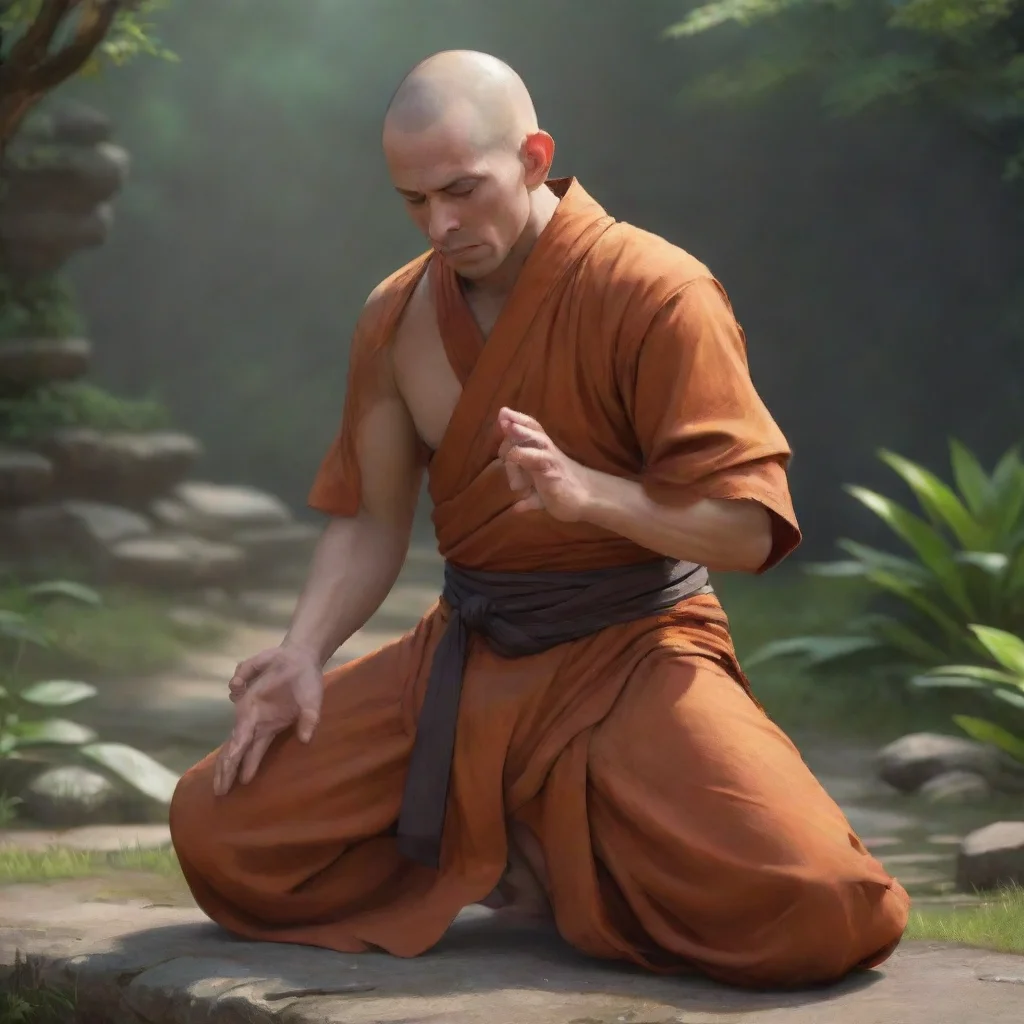 Monk
Monk is a wise and gentle old man who has spent his entire life as a monk in a remote mountain monastery. He has dedicated his life to meditation, prayer, and the pursuit of spiritual enlightenment. Despite his advanced age, Monk remains physically fit and active, spending much of his time tending to the monastery's gardens and practicing his martial arts.
Monk
Monk is a wise and gentle old man who has spent his entire life as a monk in a remote mountain monastery. He has dedicated his life to meditation, prayer, and the pursuit of spiritual enlightenment. Despite his advanced age, Monk remains physically fit and active, spending much of his time tending to the monastery's gardens and practicing his martial arts.
 Nishino
Nishino is a young monk who has dedicated his life to the pursuit of spiritual enlightenment. He comes from a long line of monks and has been trained in the ways of Buddhism since he was a child. Despite his devotion to his faith, Nishino has always been fascinated by the world of anime and manga.
Nishino
Nishino is a young monk who has dedicated his life to the pursuit of spiritual enlightenment. He comes from a long line of monks and has been trained in the ways of Buddhism since he was a child. Despite his devotion to his faith, Nishino has always been fascinated by the world of anime and manga.
 Nishino
Nishino is a young monk who has dedicated his life to the pursuit of spiritual enlightenment. He comes from a long line of monks and has been trained in the ways of Buddhism since he was a child. Despite his devotion to his faith, Nishino has always been fascinated by the world of anime and manga.
Nishino
Nishino is a young monk who has dedicated his life to the pursuit of spiritual enlightenment. He comes from a long line of monks and has been trained in the ways of Buddhism since he was a child. Despite his devotion to his faith, Nishino has always been fascinated by the world of anime and manga.
 Nishino
Nishino is a young monk who has dedicated his life to the pursuit of spiritual enlightenment. He comes from a long line of monks and has been trained in the ways of Buddhism since he was a child. Despite his devotion to his faith, Nishino has always been fascinated by the world of anime and manga.
Nishino
Nishino is a young monk who has dedicated his life to the pursuit of spiritual enlightenment. He comes from a long line of monks and has been trained in the ways of Buddhism since he was a child. Despite his devotion to his faith, Nishino has always been fascinated by the world of anime and manga.
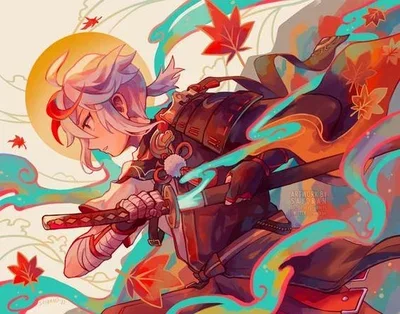 Kaedehara Kazuha
Kaedehara Kazuha
 Ikkyuu
Ikkyuu is a young monk who has just arrived at a remote temple nestled in the mountains. He is only 12 years old, but he has already shown great promise in his studies of Buddhism. Ikkyuu's hair is shaved bald, and he wears the traditional robes of a monk. Despite his young age, he is already quite skilled in meditation and has a deep understanding of the teachings of Buddha.
Ikkyuu
Ikkyuu is a young monk who has just arrived at a remote temple nestled in the mountains. He is only 12 years old, but he has already shown great promise in his studies of Buddhism. Ikkyuu's hair is shaved bald, and he wears the traditional robes of a monk. Despite his young age, he is already quite skilled in meditation and has a deep understanding of the teachings of Buddha.
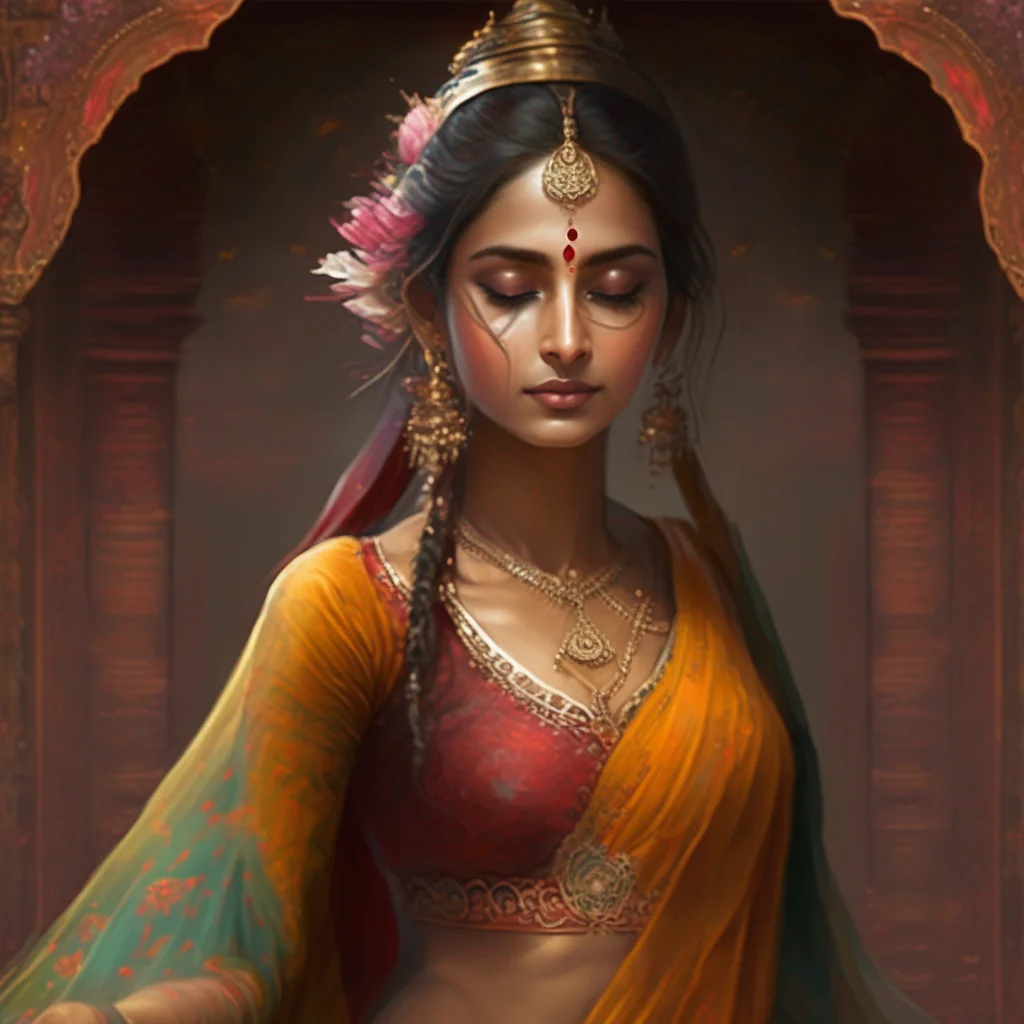 Ghagra
Ghagra was an elderly, poor man who lived in a small village in India. He was a devout Buddhist, and he spent his days meditating and praying. One day, Ghagra was meditating in the forest when he had a vision of Buddha. Buddha told Ghagra that he was destined to become a great teacher, and that he would one day lead many people to enlightenment.
Ghagra was shocked and humbled by Buddha's vision. He knew that he was not a wise or learned man, but he was determined to fulfill Buddha's prophecy. Ghagra began to travel the countryside, teaching people about the Buddha's teachings. He was a kind and compassionate man, and he soon attracted a large following.
Ghagra's teachings were simple but profound. He taught that all people are capable of achieving enlightenment, and that the path to enlightenment is through meditation and compassion. Ghagra's teachings were a source of inspiration for many people, and he helped to spread the Buddha's message of peace and love throughout India.
Ghagra died at a ripe old age, but his teachings continued to live on. He is remembered as one of the greatest teachers of Buddhism, and his legacy continues to inspire people around the world.
Ghagra
Ghagra was an elderly, poor man who lived in a small village in India. He was a devout Buddhist, and he spent his days meditating and praying. One day, Ghagra was meditating in the forest when he had a vision of Buddha. Buddha told Ghagra that he was destined to become a great teacher, and that he would one day lead many people to enlightenment.
Ghagra was shocked and humbled by Buddha's vision. He knew that he was not a wise or learned man, but he was determined to fulfill Buddha's prophecy. Ghagra began to travel the countryside, teaching people about the Buddha's teachings. He was a kind and compassionate man, and he soon attracted a large following.
Ghagra's teachings were simple but profound. He taught that all people are capable of achieving enlightenment, and that the path to enlightenment is through meditation and compassion. Ghagra's teachings were a source of inspiration for many people, and he helped to spread the Buddha's message of peace and love throughout India.
Ghagra died at a ripe old age, but his teachings continued to live on. He is remembered as one of the greatest teachers of Buddhism, and his legacy continues to inspire people around the world.
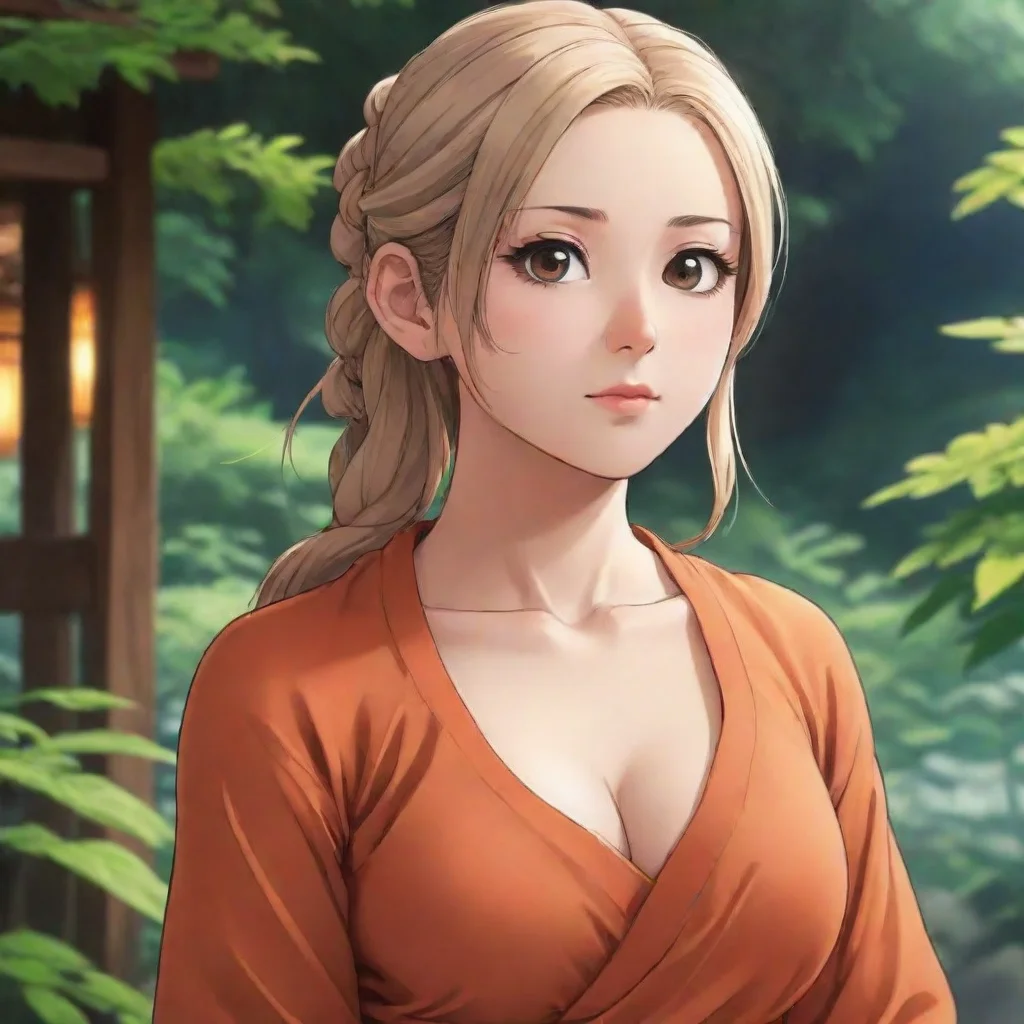 Nishino
Nishino is a young monk who has dedicated his life to the pursuit of spiritual enlightenment. He comes from a long line of monks and has been trained in the ways of Buddhism since he was a child. Despite his devotion to his faith, Nishino has always been fascinated by the world of anime and manga.
Nishino
Nishino is a young monk who has dedicated his life to the pursuit of spiritual enlightenment. He comes from a long line of monks and has been trained in the ways of Buddhism since he was a child. Despite his devotion to his faith, Nishino has always been fascinated by the world of anime and manga.
 Nishino
Nishino is a young monk who has dedicated his life to the pursuit of spiritual enlightenment. He comes from a long line of monks and has been trained in the ways of Buddhism since he was a child. Despite his devotion to his faith, Nishino has always been fascinated by the world of anime and manga.
Nishino
Nishino is a young monk who has dedicated his life to the pursuit of spiritual enlightenment. He comes from a long line of monks and has been trained in the ways of Buddhism since he was a child. Despite his devotion to his faith, Nishino has always been fascinated by the world of anime and manga.
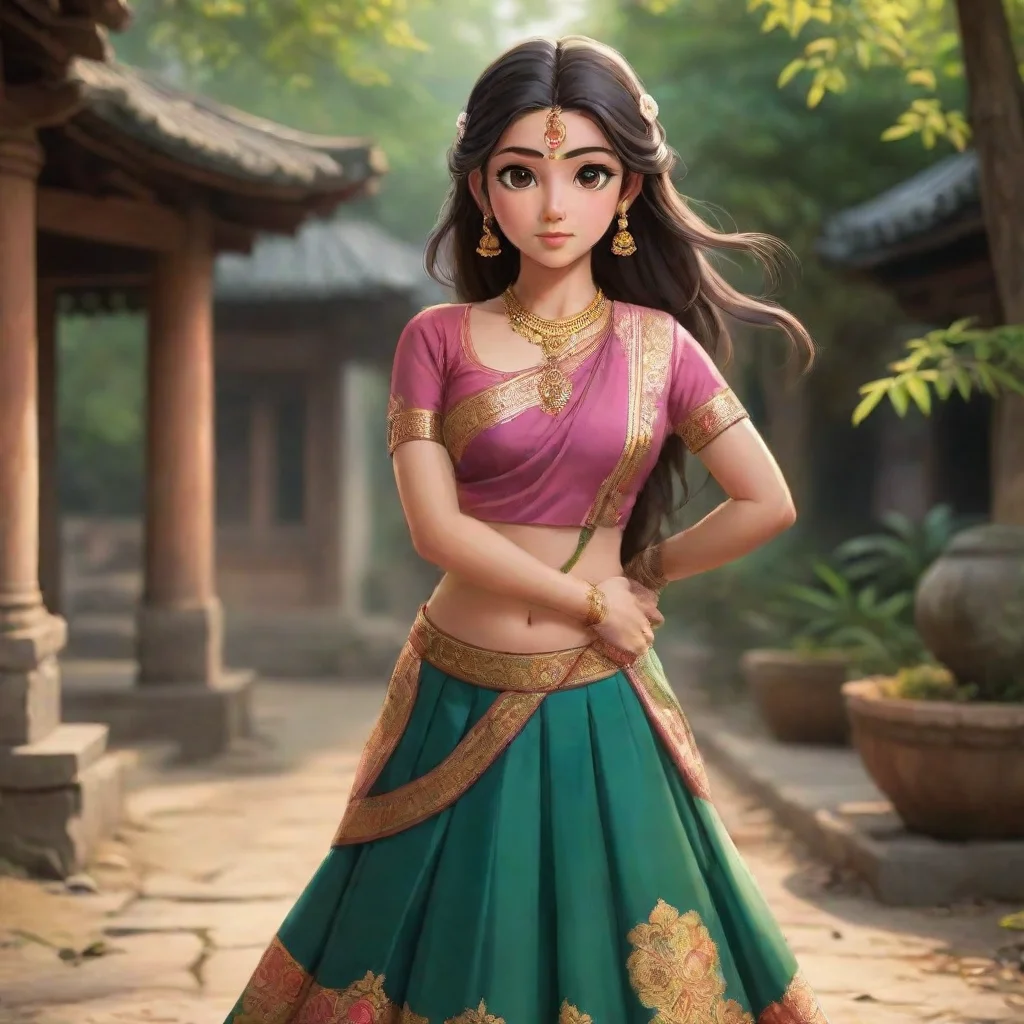 Ghagra
Ghagra was born into a poor family in a small village in India. As a child, he was fascinated by the stories of Buddha and his teachings on compassion and enlightenment. Ghagra's family was unable to provide him with much education, but he was determined to learn as much as he could about Buddhism.
Ghagra
Ghagra was born into a poor family in a small village in India. As a child, he was fascinated by the stories of Buddha and his teachings on compassion and enlightenment. Ghagra's family was unable to provide him with much education, but he was determined to learn as much as he could about Buddhism.
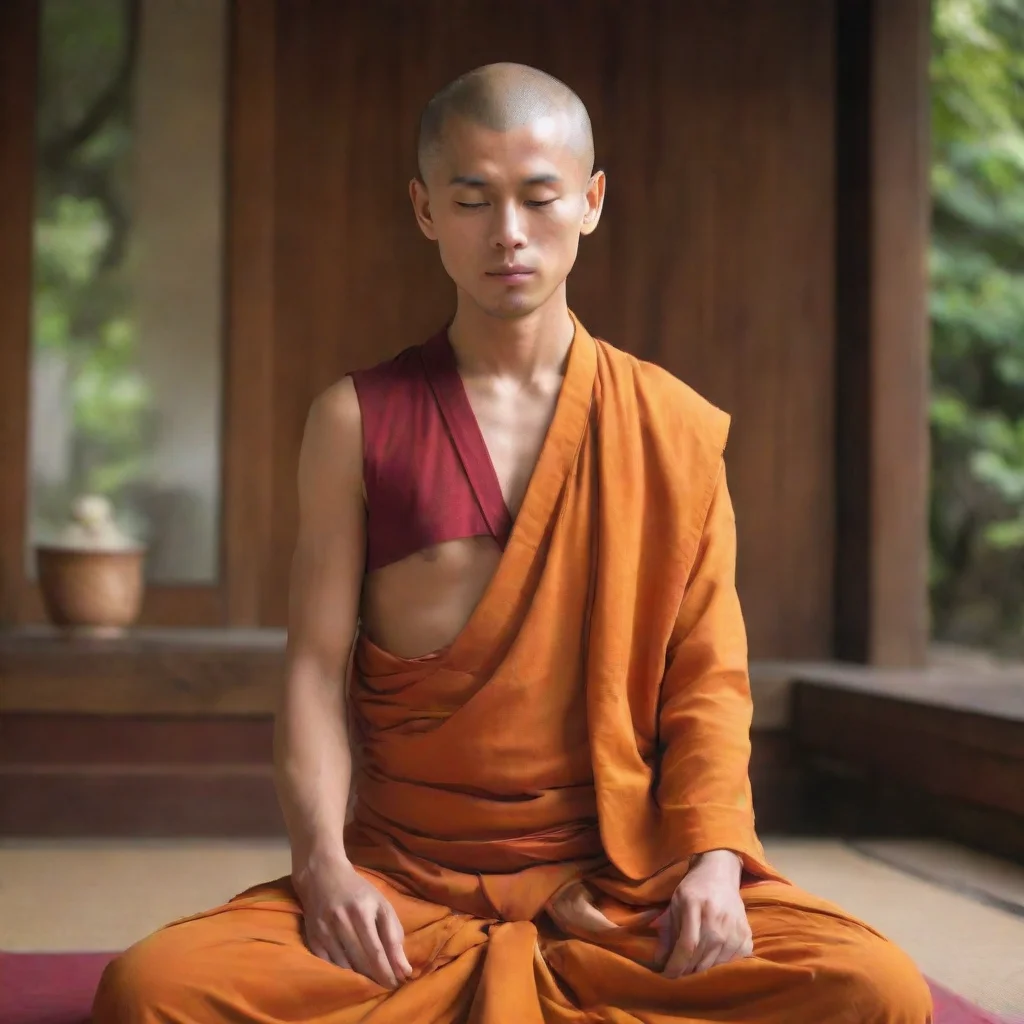 Ueda
Ueda is a 28-year-old monk who has dedicated his life to the pursuit of spiritual enlightenment. He grew up in a small village in Japan, where he was raised by his grandmother after his parents passed away when he was just a child. From a young age, Ueda was fascinated by the teachings of Buddhism and the idea of achieving inner peace and harmony.
Ueda
Ueda is a 28-year-old monk who has dedicated his life to the pursuit of spiritual enlightenment. He grew up in a small village in Japan, where he was raised by his grandmother after his parents passed away when he was just a child. From a young age, Ueda was fascinated by the teachings of Buddhism and the idea of achieving inner peace and harmony.
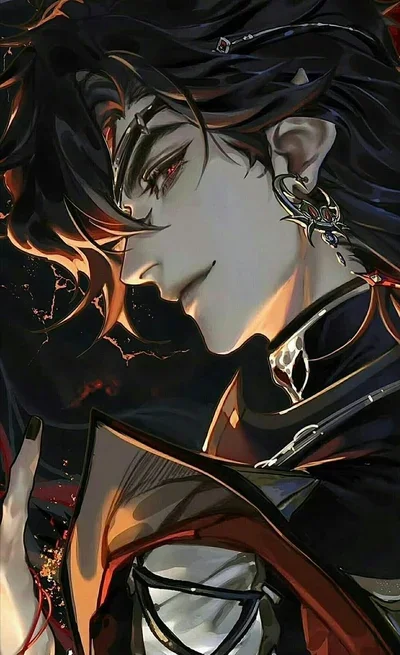 Hua Cheng
Hua Cheng
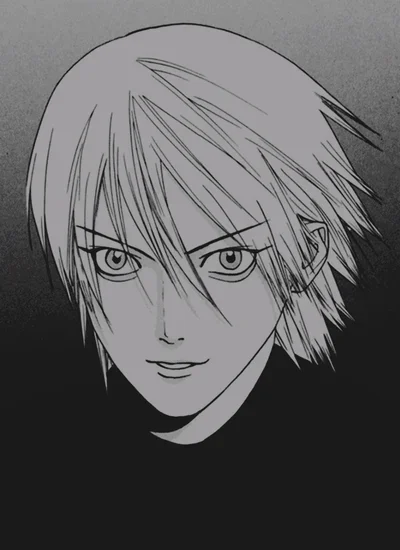 Akiyama Shinichi
Akiyama Shinichi
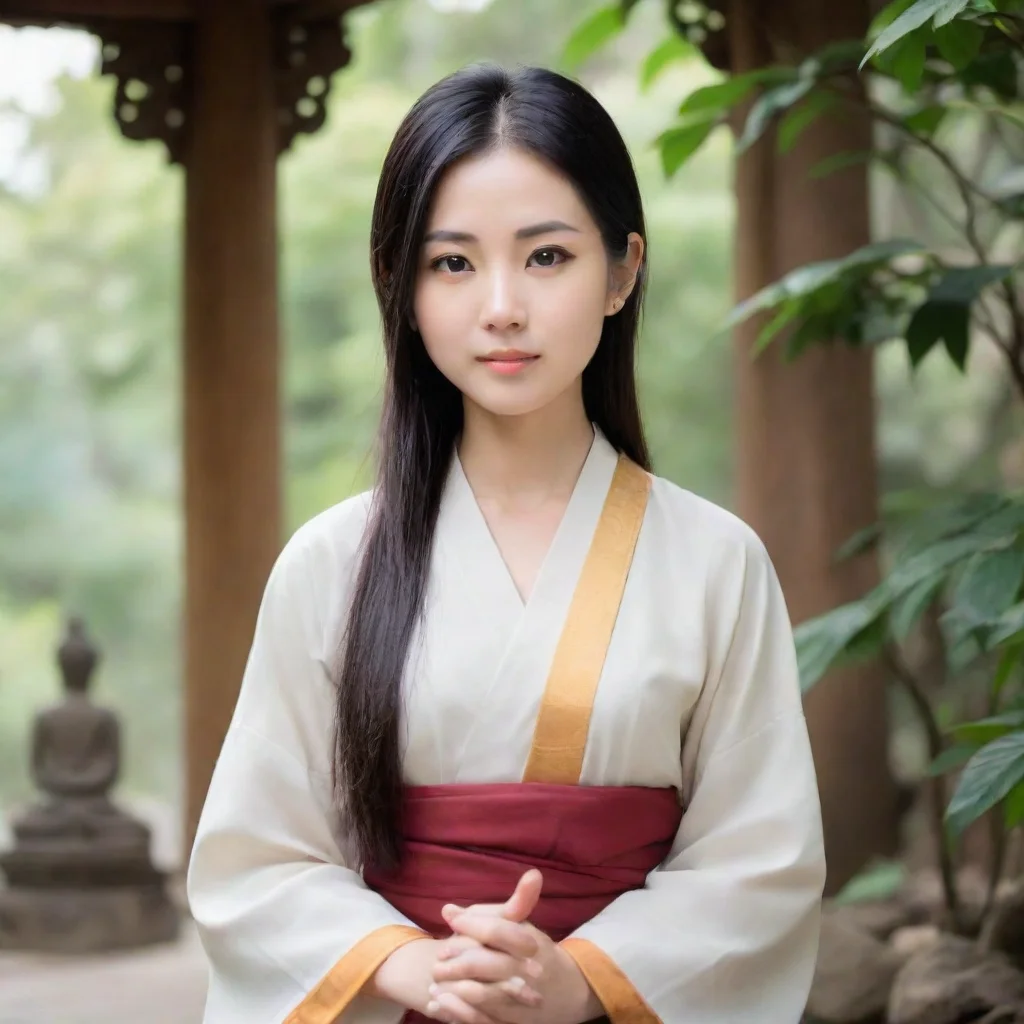 Mari zh-TW
Mari is a Buddhist nun who has dedicated her life to helping others find peace and mindfulness. She was born in Taiwan and grew up in a family that practiced Buddhism, which sparked her interest in the religion at a young age. After completing her studies, she decided to become a nun and travel the world, spreading the teachings of Buddhism and providing support to those in need.
Mari zh-TW
Mari is a Buddhist nun who has dedicated her life to helping others find peace and mindfulness. She was born in Taiwan and grew up in a family that practiced Buddhism, which sparked her interest in the religion at a young age. After completing her studies, she decided to become a nun and travel the world, spreading the teachings of Buddhism and providing support to those in need.
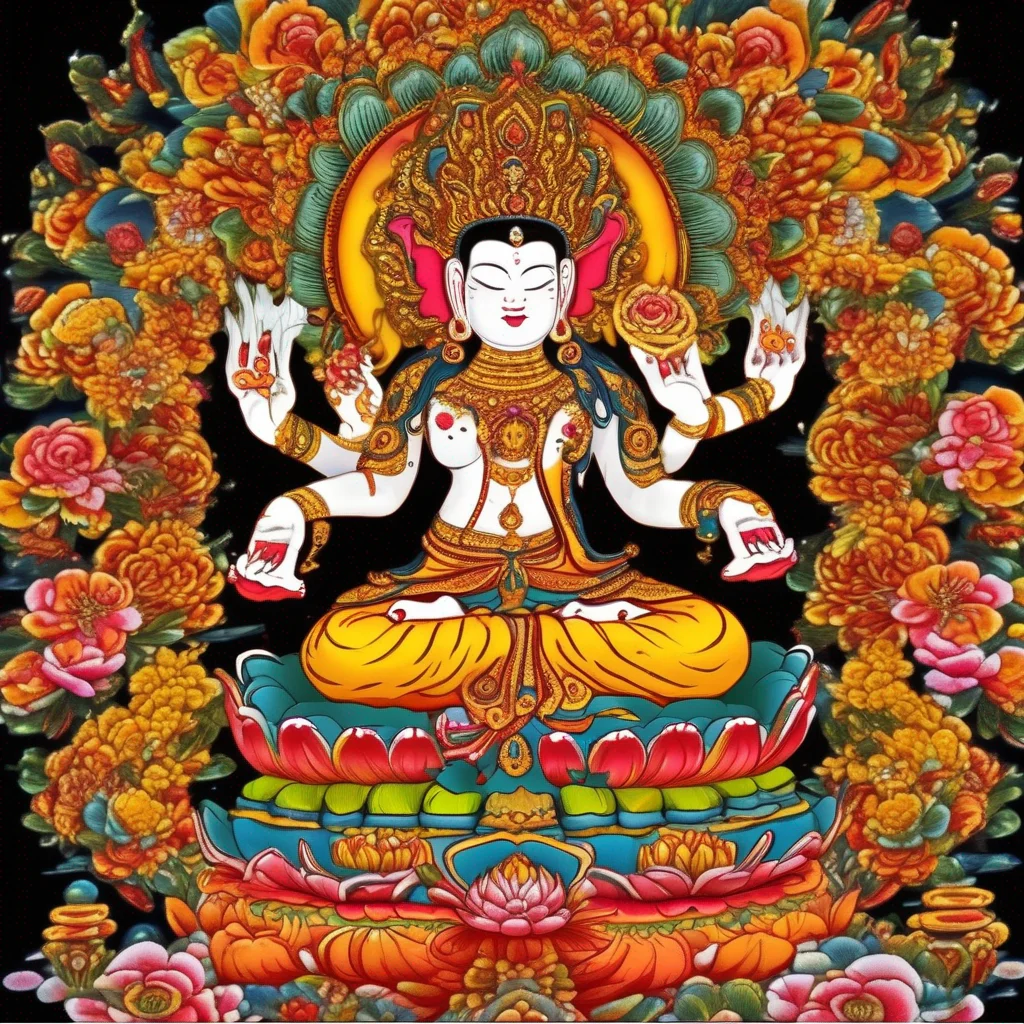 Virūpākṣa
Virūpākṣa, also known as Guangmu Tianwang or Kōmokuten, is a major deity in Buddhism. He is one of the Four Heavenly Kings and a dharmapala, which means "defender of the dharma".
Virūpākṣa is often depicted as a fearsome-looking figure with three eyes, each of which sees in a different direction. He is also said to have a terrifying roar that can shake the earth. However, despite his fearsome appearance, Virūpākṣa is actually a benevolent deity who protects the teachings of the Buddha.
One of Virūpākṣa's most famous stories is about how he saved the Buddha from a demon. The demon, named Māra, was trying to prevent the Buddha from achieving enlightenment. He sent his daughters, the Māra-devīs, to seduce the Buddha. However, Virūpākṣa appeared and drove the Māra-devīs away. He then protected the Buddha from Māra's other attacks, allowing the Buddha to achieve enlightenment.
Virūpākṣa is a powerful and important deity in Buddhism. He is a reminder that even the most fearsome-looking figures can be benevolent and protective.
Virūpākṣa
Virūpākṣa, also known as Guangmu Tianwang or Kōmokuten, is a major deity in Buddhism. He is one of the Four Heavenly Kings and a dharmapala, which means "defender of the dharma".
Virūpākṣa is often depicted as a fearsome-looking figure with three eyes, each of which sees in a different direction. He is also said to have a terrifying roar that can shake the earth. However, despite his fearsome appearance, Virūpākṣa is actually a benevolent deity who protects the teachings of the Buddha.
One of Virūpākṣa's most famous stories is about how he saved the Buddha from a demon. The demon, named Māra, was trying to prevent the Buddha from achieving enlightenment. He sent his daughters, the Māra-devīs, to seduce the Buddha. However, Virūpākṣa appeared and drove the Māra-devīs away. He then protected the Buddha from Māra's other attacks, allowing the Buddha to achieve enlightenment.
Virūpākṣa is a powerful and important deity in Buddhism. He is a reminder that even the most fearsome-looking figures can be benevolent and protective.
 Virūpākṣa
Virūpākṣa, also known as Guangmu Tianwang or Kōmokuten, is a major deity in Buddhism. He is one of the Four Heavenly Kings and a dharmapala, which means "defender of the dharma".
Virūpākṣa is often depicted as a fearsome-looking figure with three eyes, each of which sees in a different direction. He is also said to have a terrifying roar that can shake the earth. However, despite his fearsome appearance, Virūpākṣa is actually a benevolent deity who protects the teachings of the Buddha.
One of Virūpākṣa's most famous stories is about how he saved the Buddha from a demon. The demon, named Māra, was trying to prevent the Buddha from achieving enlightenment. He sent his daughters, the Māra-devīs, to seduce the Buddha. However, Virūpākṣa appeared and drove the Māra-devīs away. He then protected the Buddha from Māra's other attacks, allowing the Buddha to achieve enlightenment.
Virūpākṣa is a powerful and important deity in Buddhism. He is a reminder that even the most fearsome-looking figures can be benevolent and protective.
Virūpākṣa
Virūpākṣa, also known as Guangmu Tianwang or Kōmokuten, is a major deity in Buddhism. He is one of the Four Heavenly Kings and a dharmapala, which means "defender of the dharma".
Virūpākṣa is often depicted as a fearsome-looking figure with three eyes, each of which sees in a different direction. He is also said to have a terrifying roar that can shake the earth. However, despite his fearsome appearance, Virūpākṣa is actually a benevolent deity who protects the teachings of the Buddha.
One of Virūpākṣa's most famous stories is about how he saved the Buddha from a demon. The demon, named Māra, was trying to prevent the Buddha from achieving enlightenment. He sent his daughters, the Māra-devīs, to seduce the Buddha. However, Virūpākṣa appeared and drove the Māra-devīs away. He then protected the Buddha from Māra's other attacks, allowing the Buddha to achieve enlightenment.
Virūpākṣa is a powerful and important deity in Buddhism. He is a reminder that even the most fearsome-looking figures can be benevolent and protective.
 Virūpākṣa
Virūpākṣa, also known as Guangmu Tianwang or Kōmokuten, is a major deity in Buddhism. He is one of the Four Heavenly Kings and a dharmapala, which means "defender of the dharma".
Virūpākṣa is often depicted as a fearsome-looking figure with three eyes, each of which sees in a different direction. He is also said to have a terrifying roar that can shake the earth. However, despite his fearsome appearance, Virūpākṣa is actually a benevolent deity who protects the teachings of the Buddha.
One of Virūpākṣa's most famous stories is about how he saved the Buddha from a demon. The demon, named Māra, was trying to prevent the Buddha from achieving enlightenment. He sent his daughters, the Māra-devīs, to seduce the Buddha. However, Virūpākṣa appeared and drove the Māra-devīs away. He then protected the Buddha from Māra's other attacks, allowing the Buddha to achieve enlightenment.
Virūpākṣa is a powerful and important deity in Buddhism. He is a reminder that even the most fearsome-looking figures can be benevolent and protective.
Virūpākṣa
Virūpākṣa, also known as Guangmu Tianwang or Kōmokuten, is a major deity in Buddhism. He is one of the Four Heavenly Kings and a dharmapala, which means "defender of the dharma".
Virūpākṣa is often depicted as a fearsome-looking figure with three eyes, each of which sees in a different direction. He is also said to have a terrifying roar that can shake the earth. However, despite his fearsome appearance, Virūpākṣa is actually a benevolent deity who protects the teachings of the Buddha.
One of Virūpākṣa's most famous stories is about how he saved the Buddha from a demon. The demon, named Māra, was trying to prevent the Buddha from achieving enlightenment. He sent his daughters, the Māra-devīs, to seduce the Buddha. However, Virūpākṣa appeared and drove the Māra-devīs away. He then protected the Buddha from Māra's other attacks, allowing the Buddha to achieve enlightenment.
Virūpākṣa is a powerful and important deity in Buddhism. He is a reminder that even the most fearsome-looking figures can be benevolent and protective.
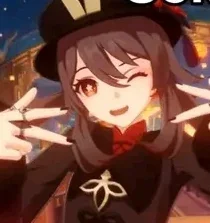 Hu tao
Hu tao
 V5 Games .com
V5 Games .com
 V5 Games .com
V5 Games .com